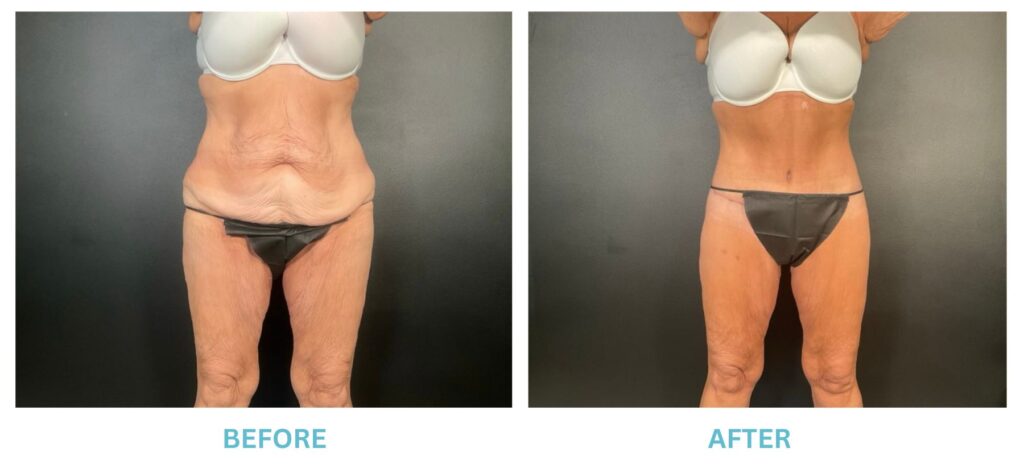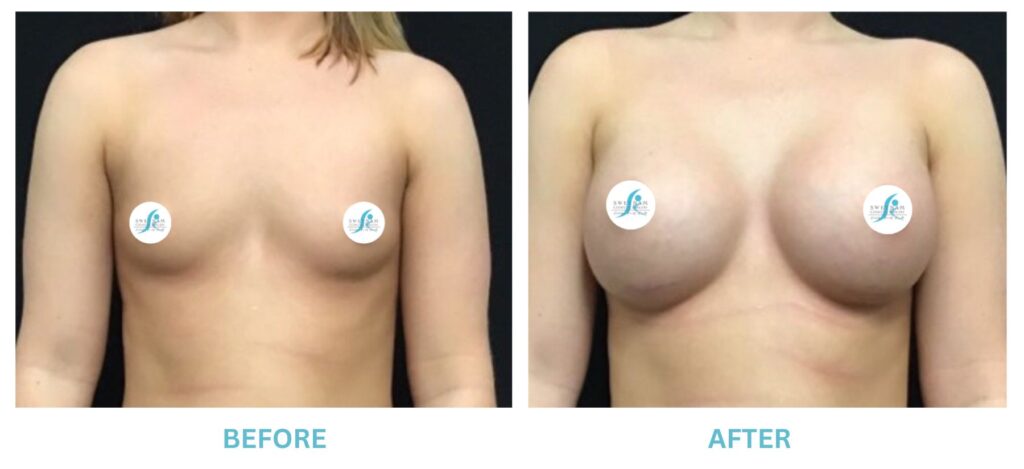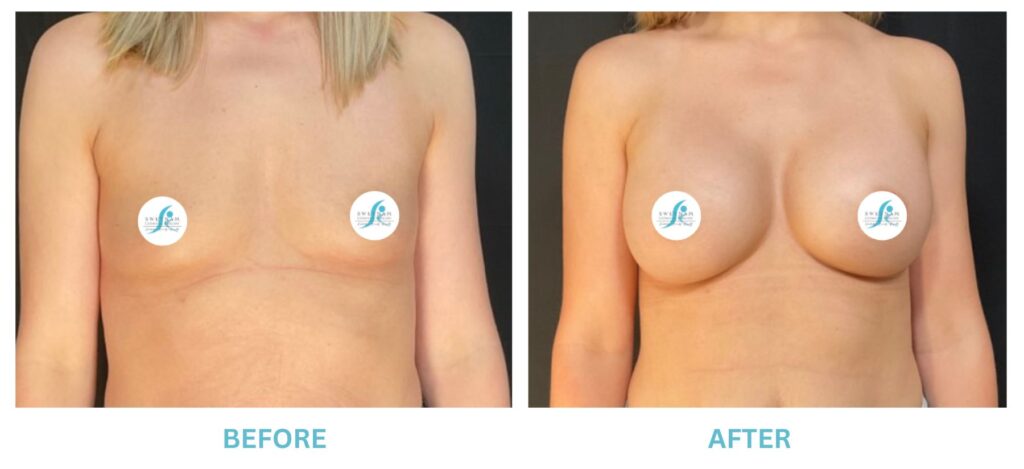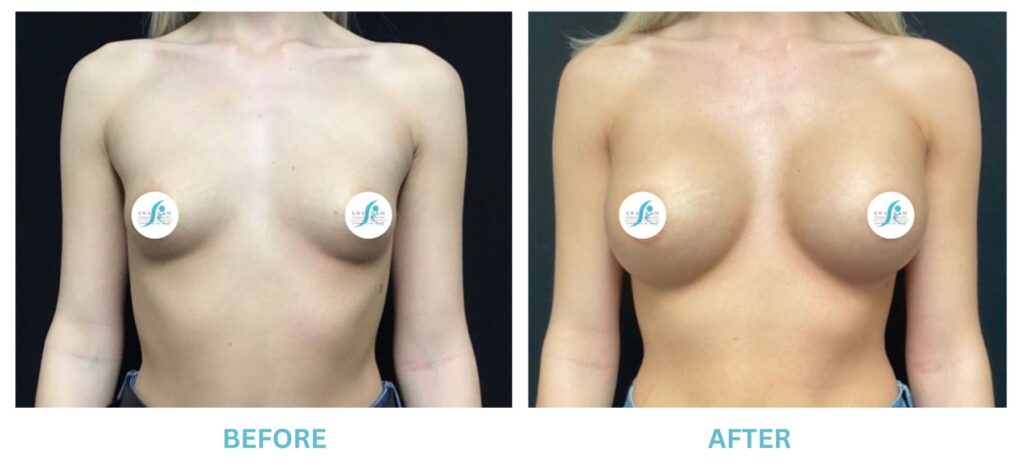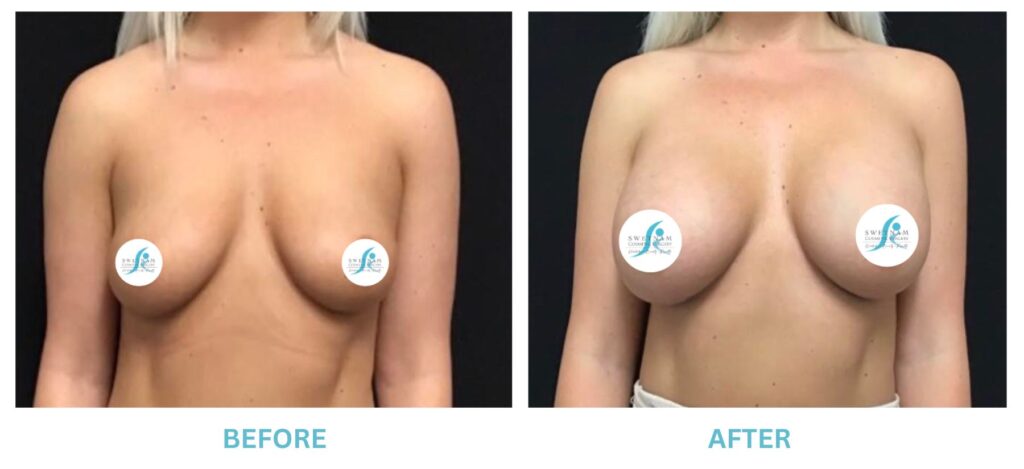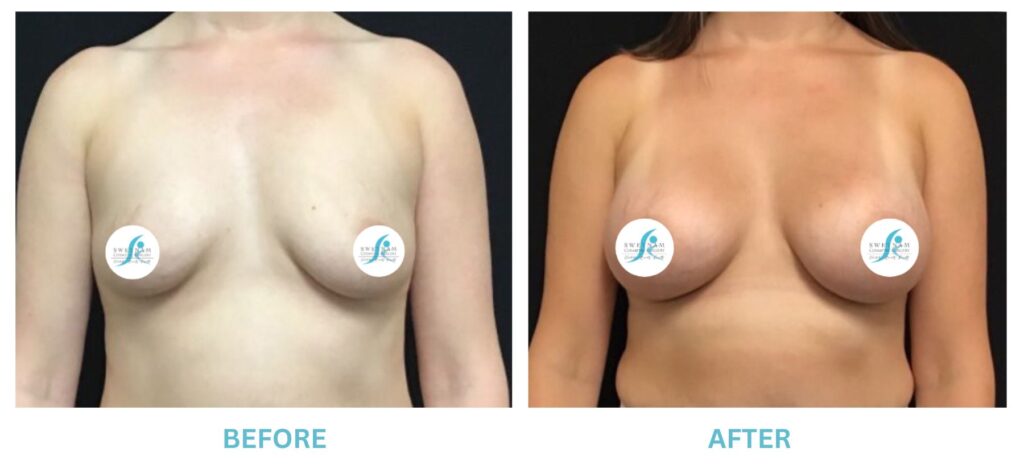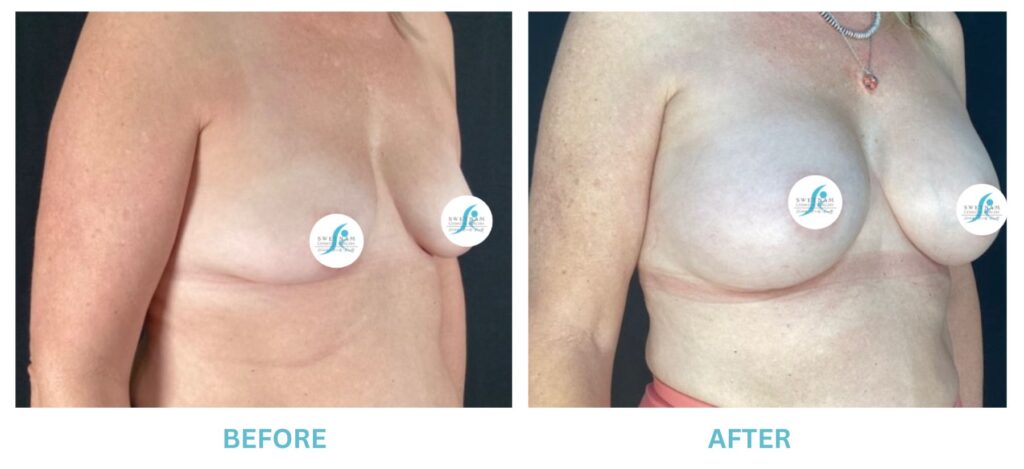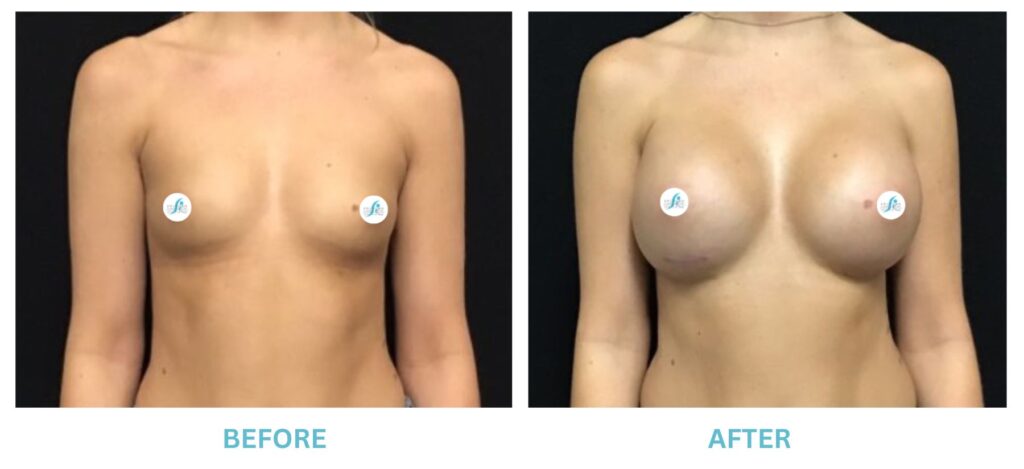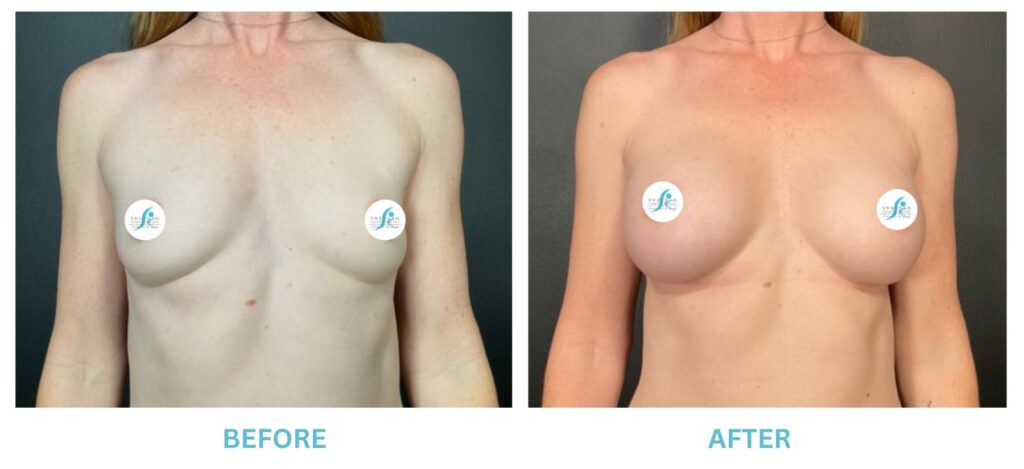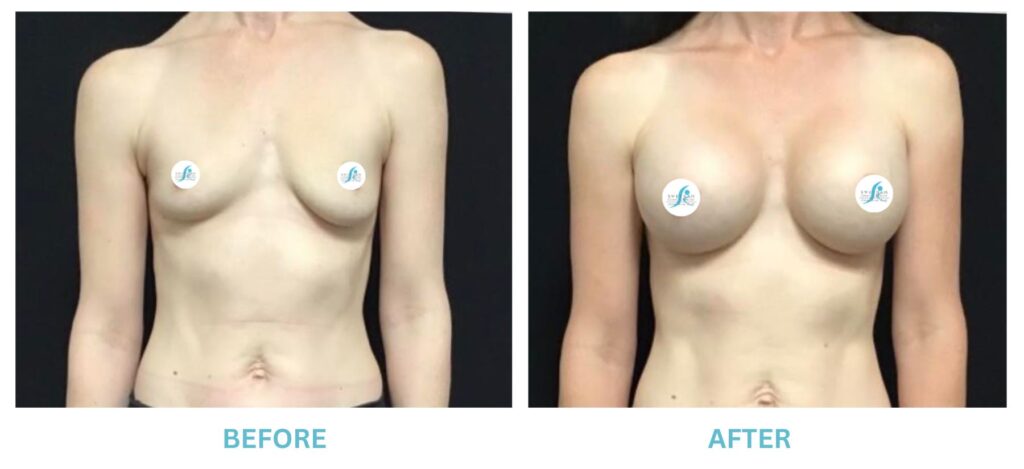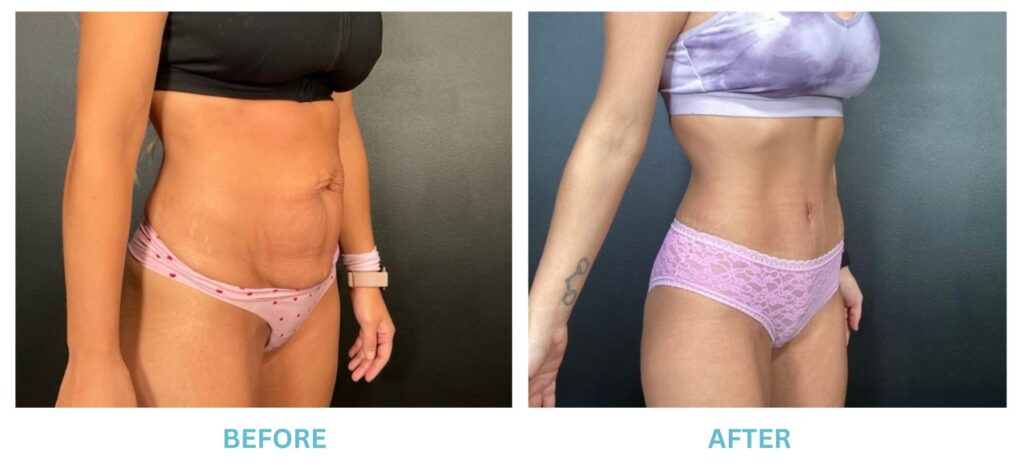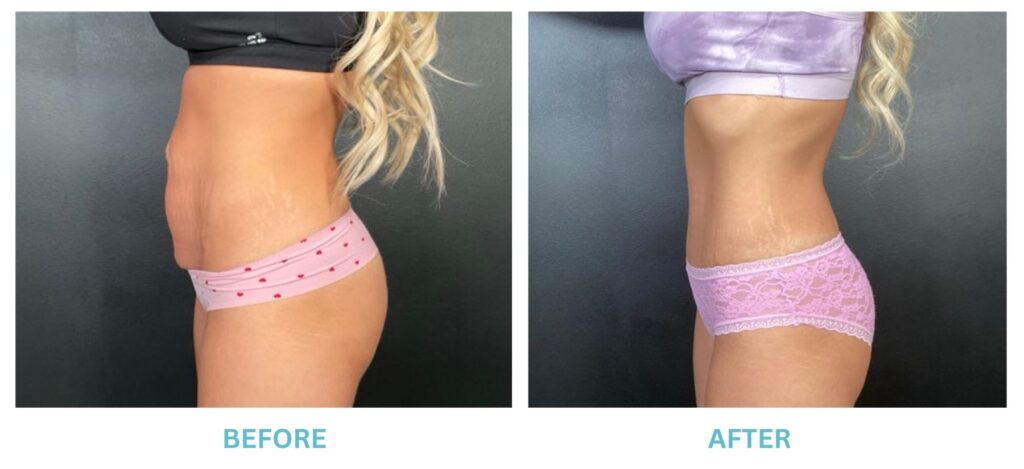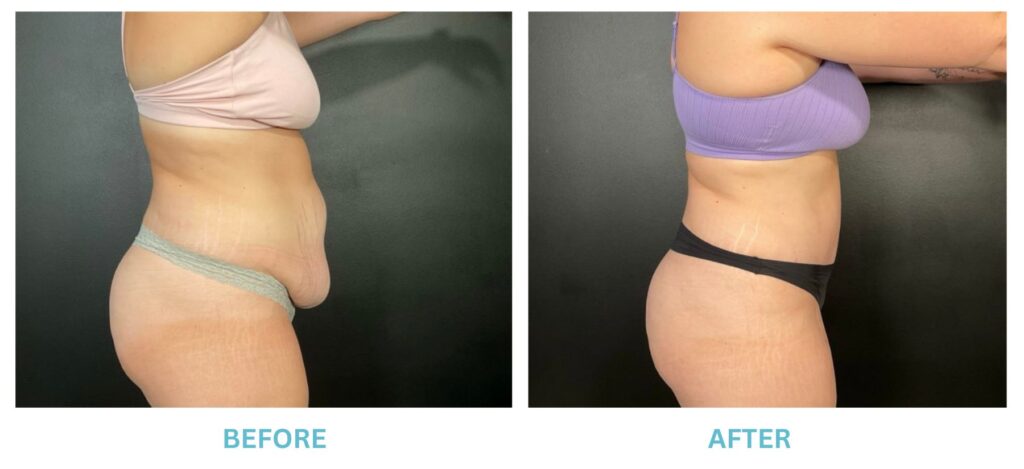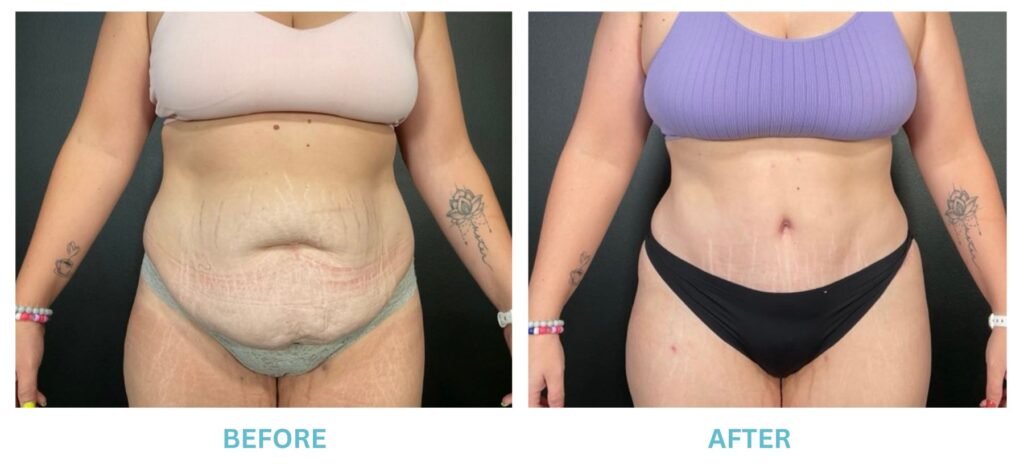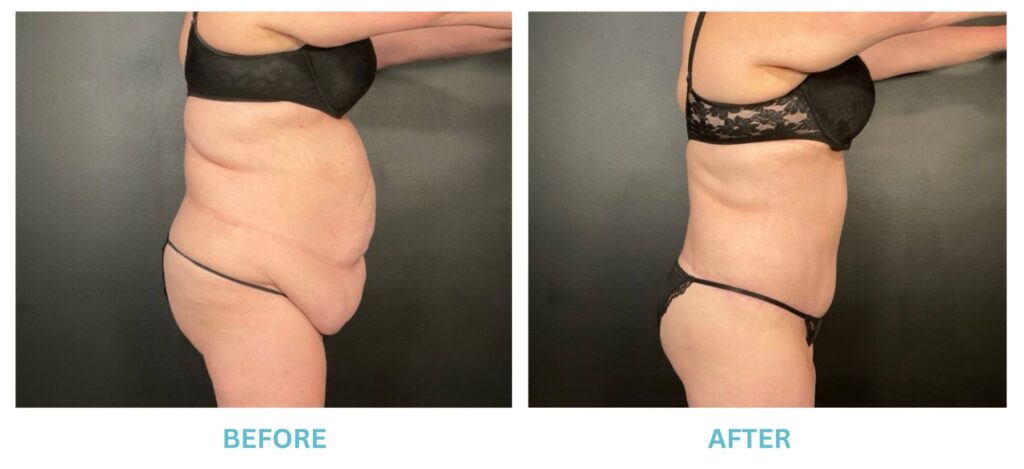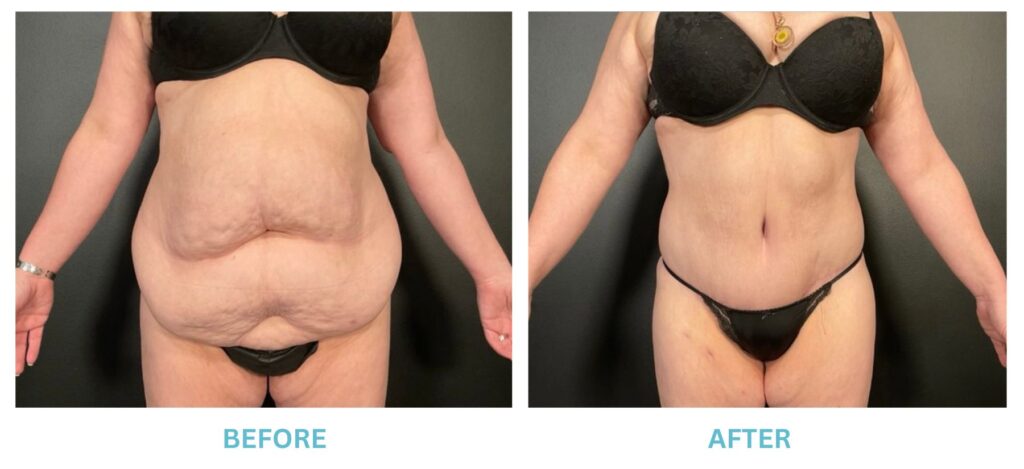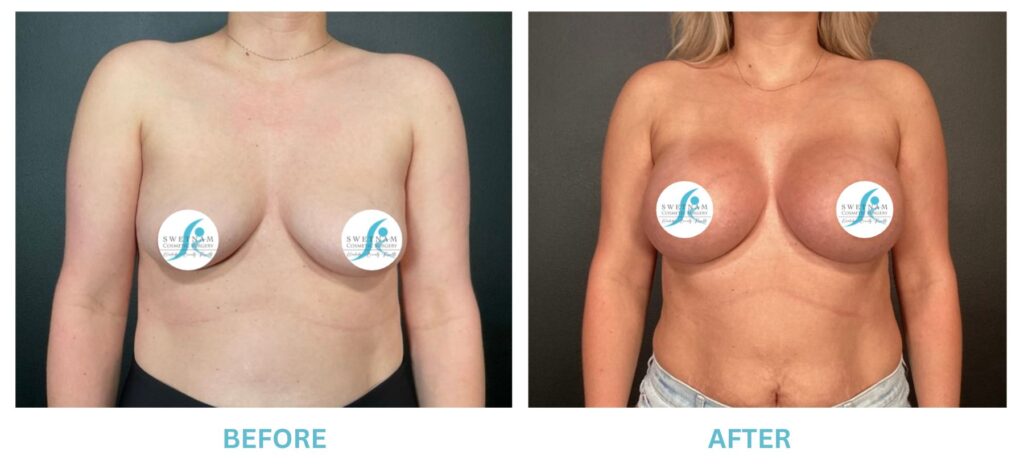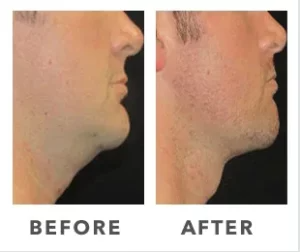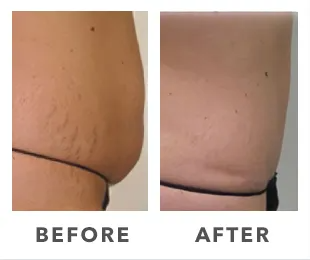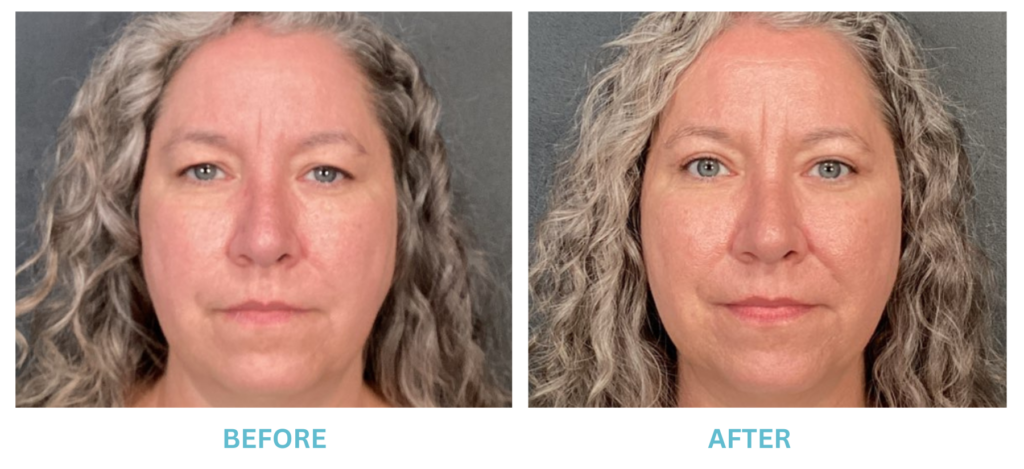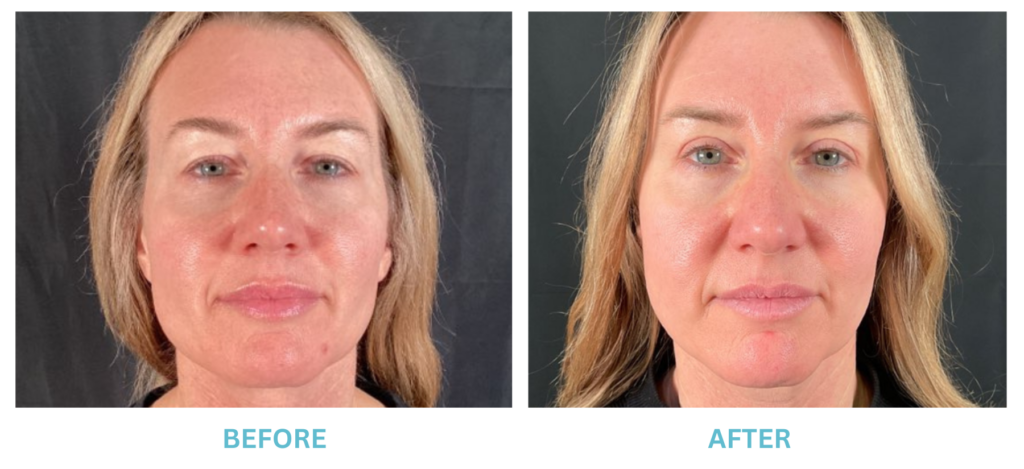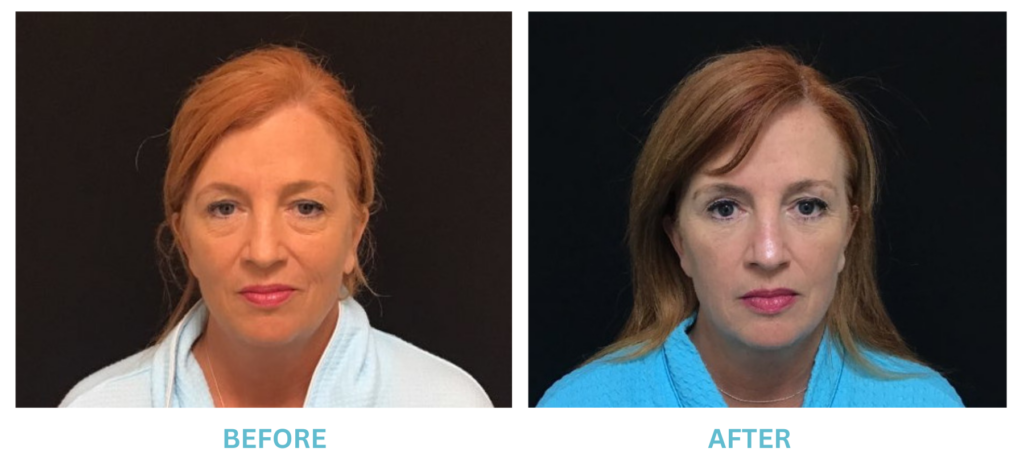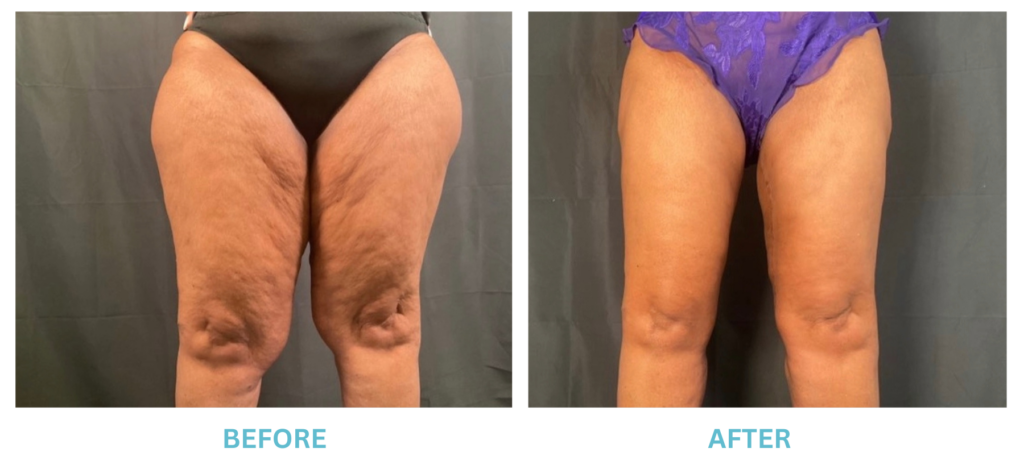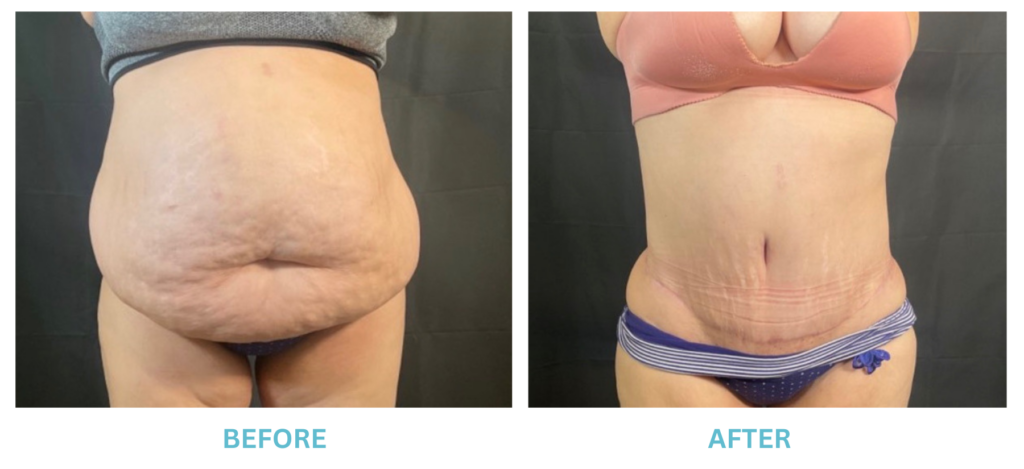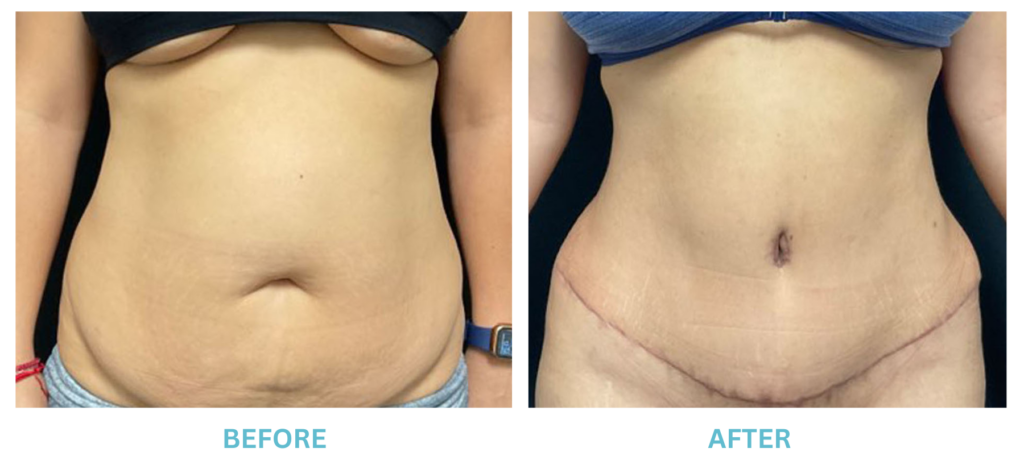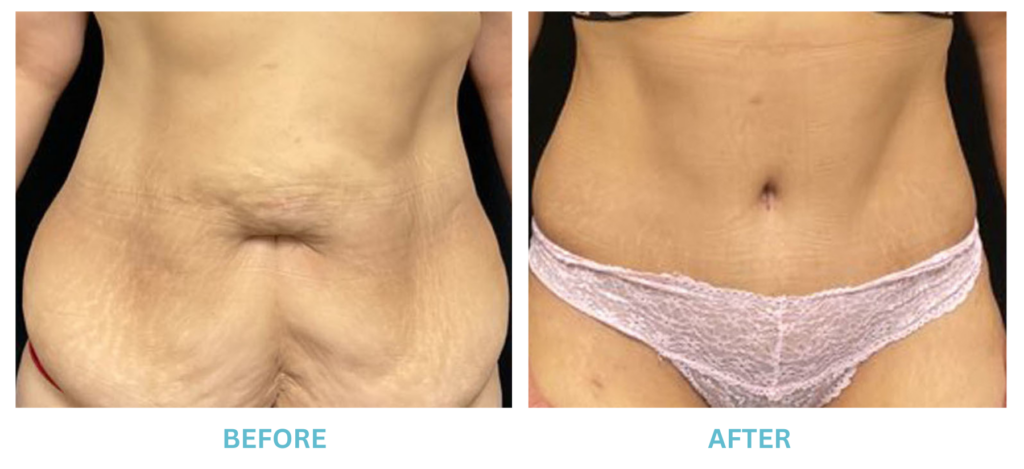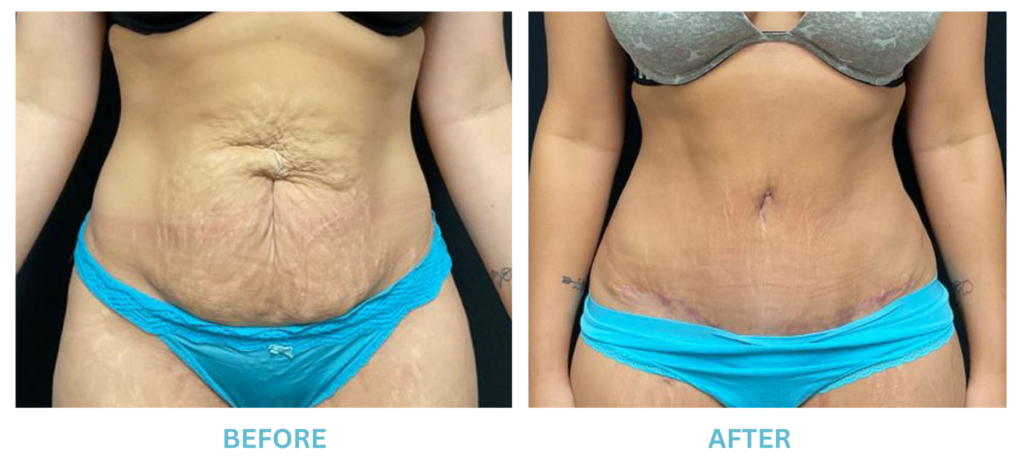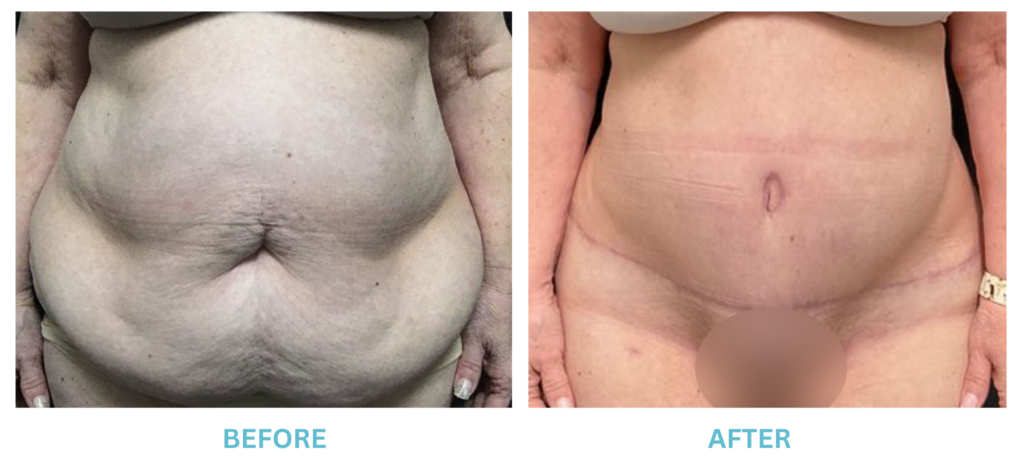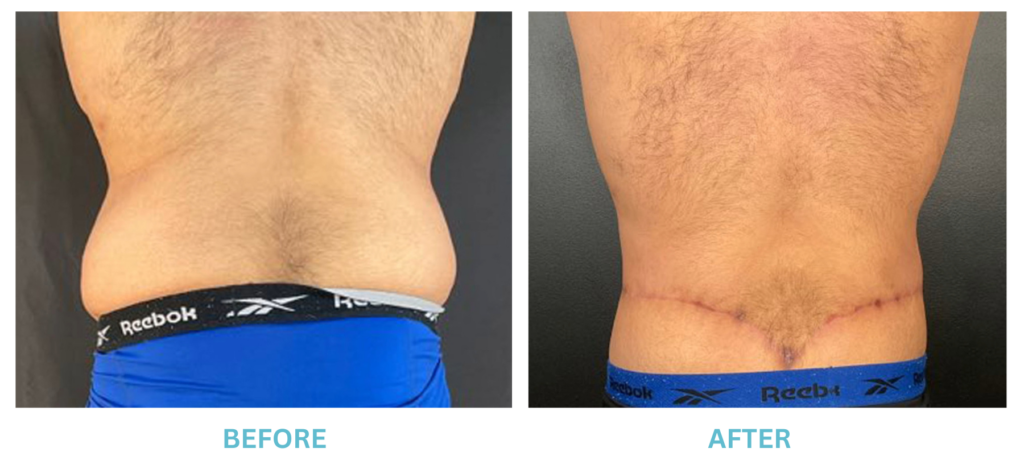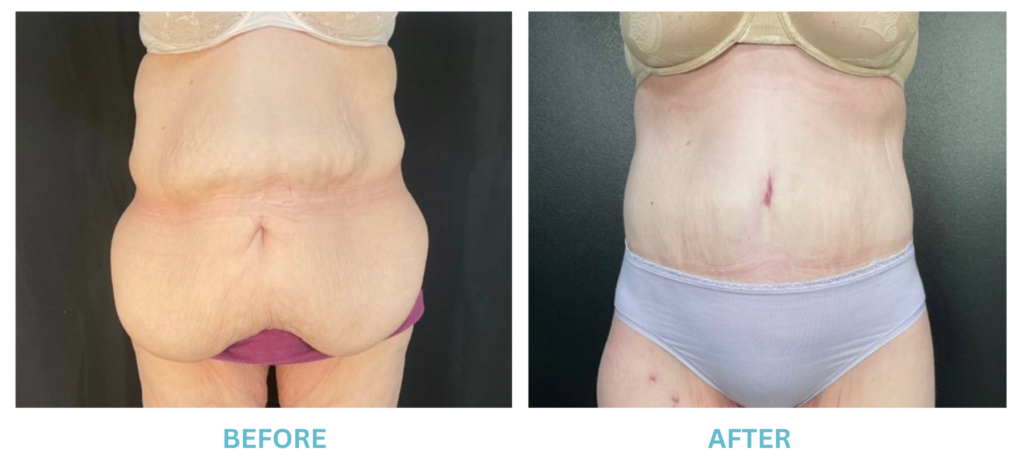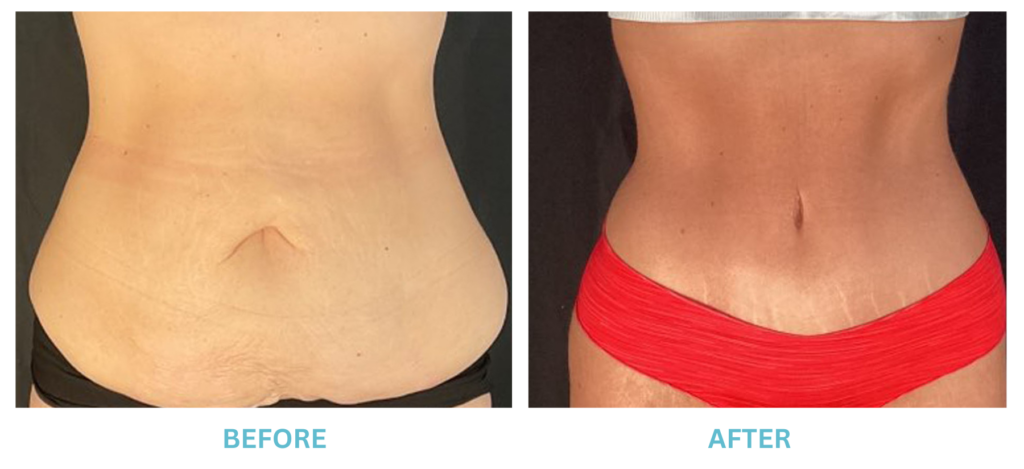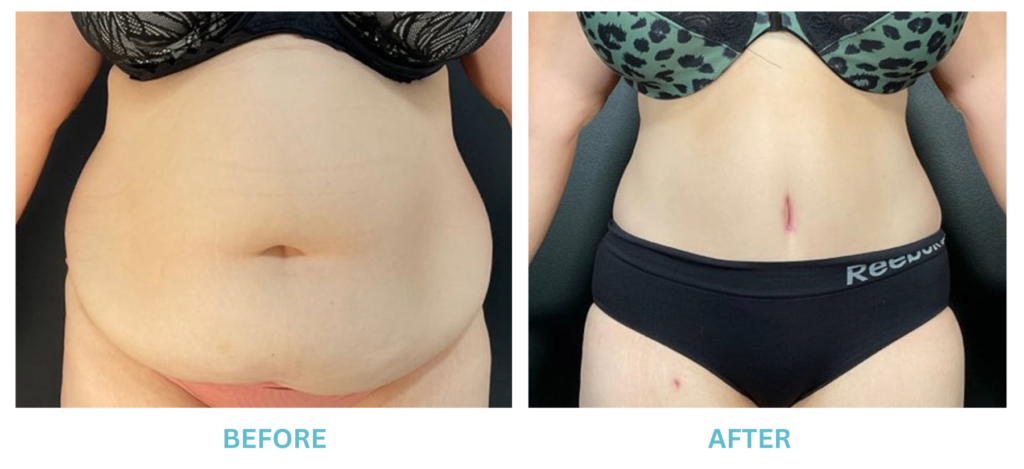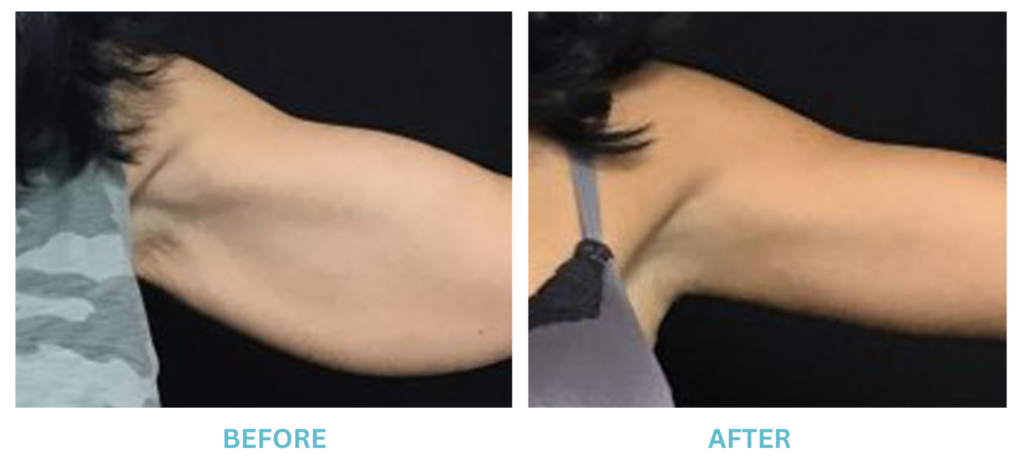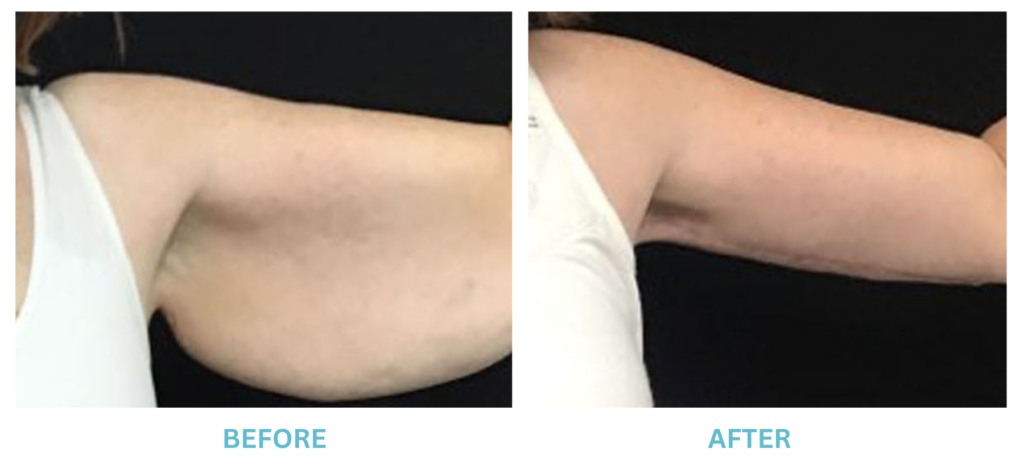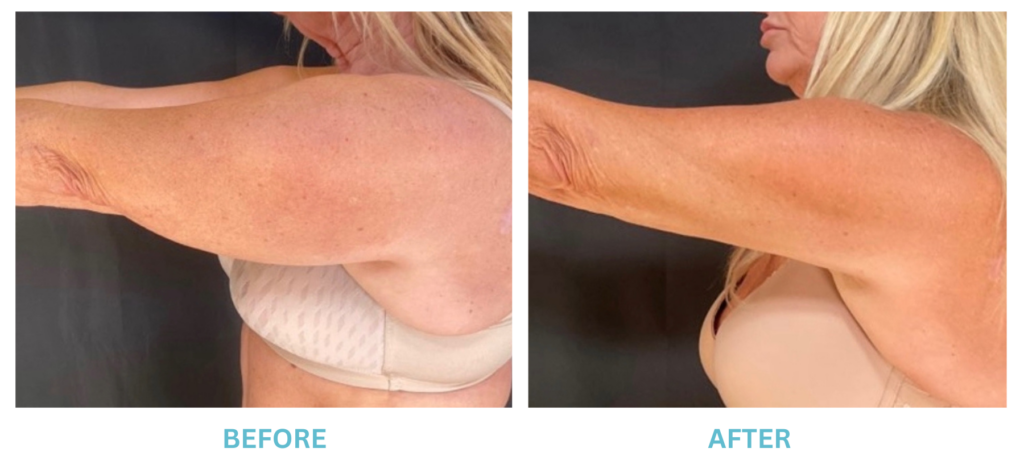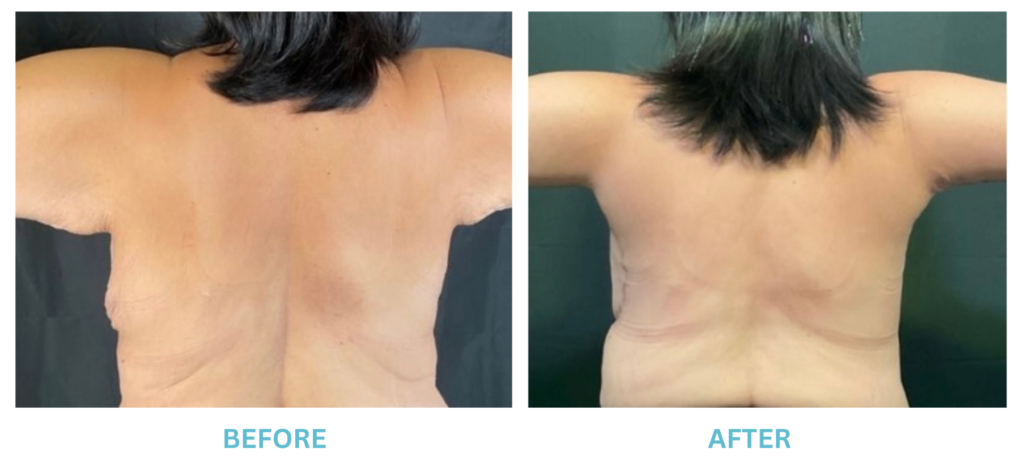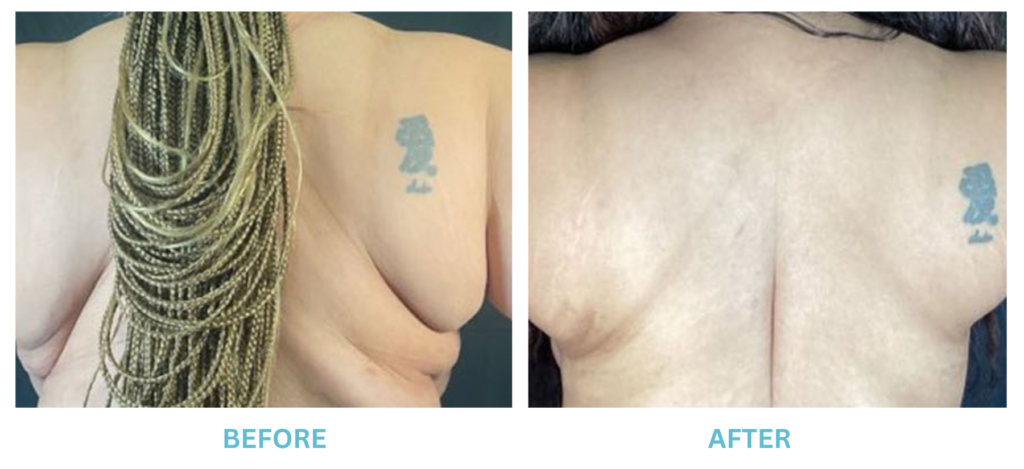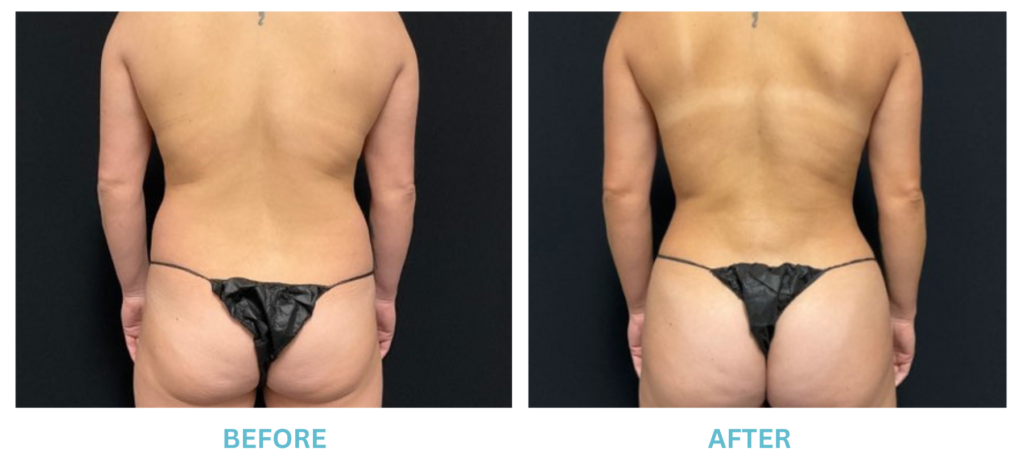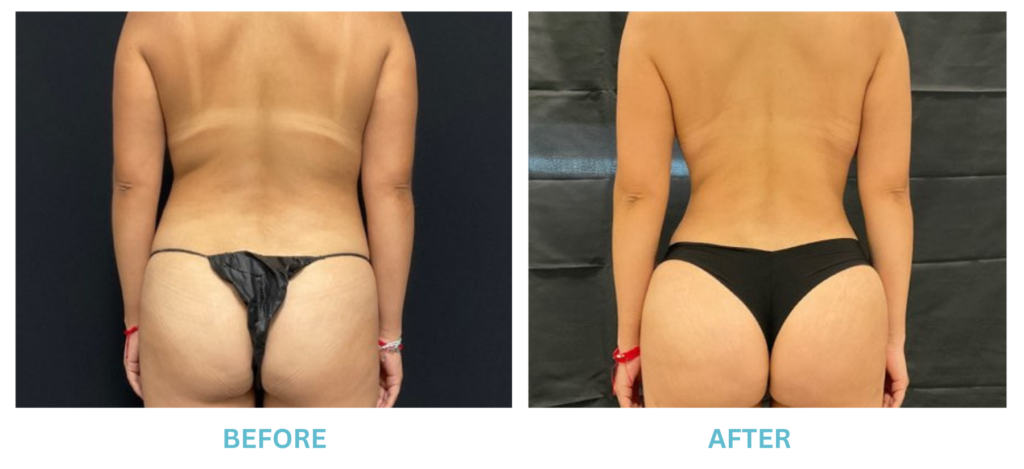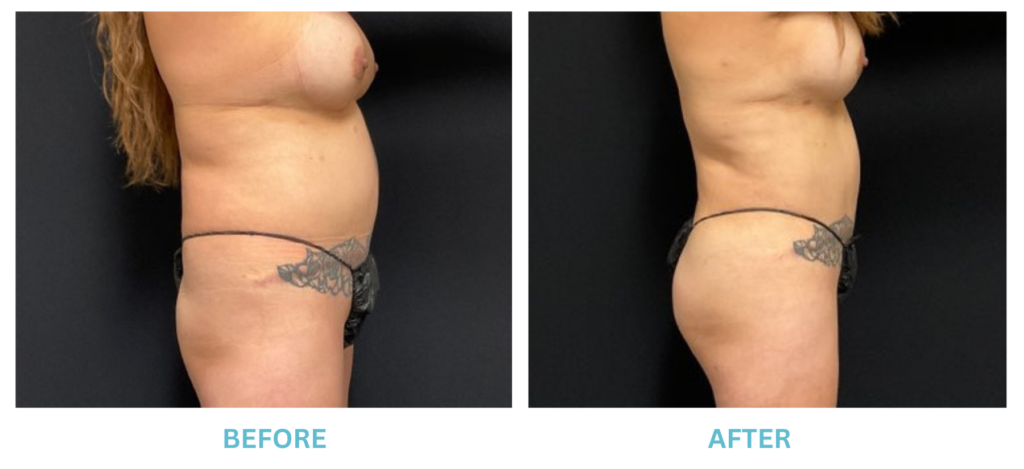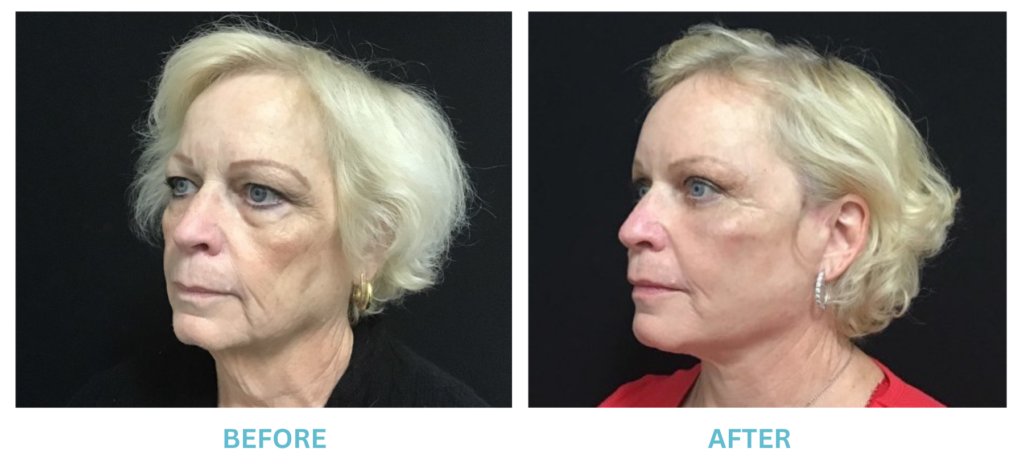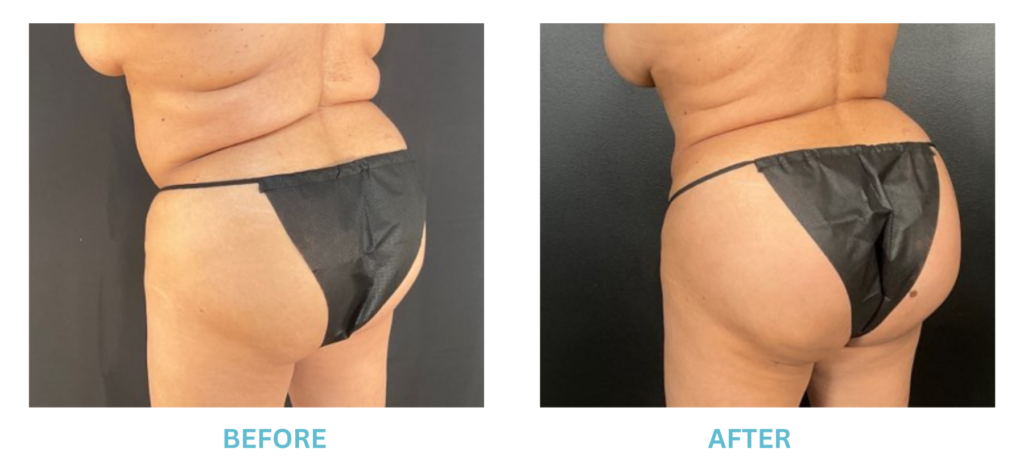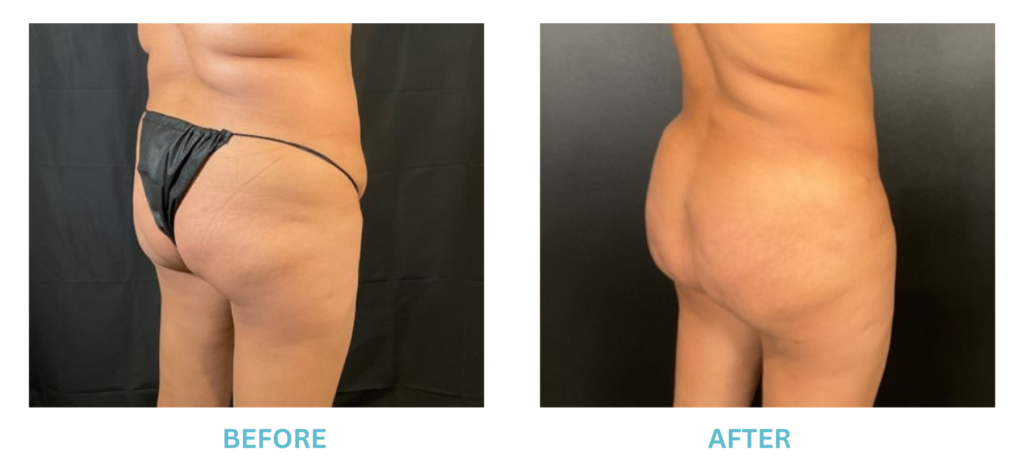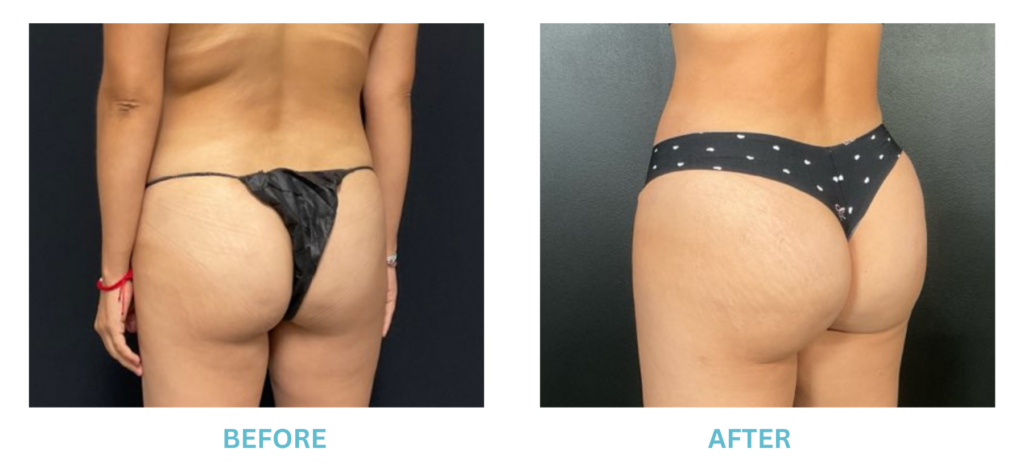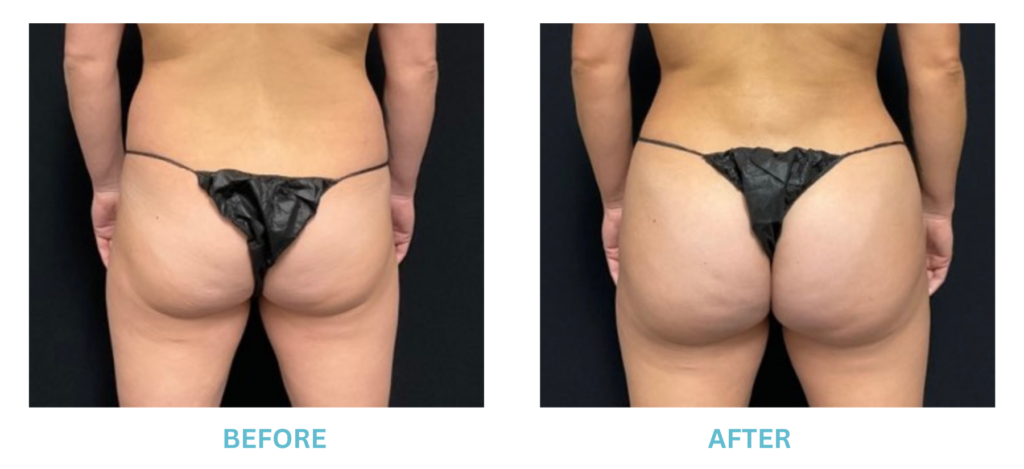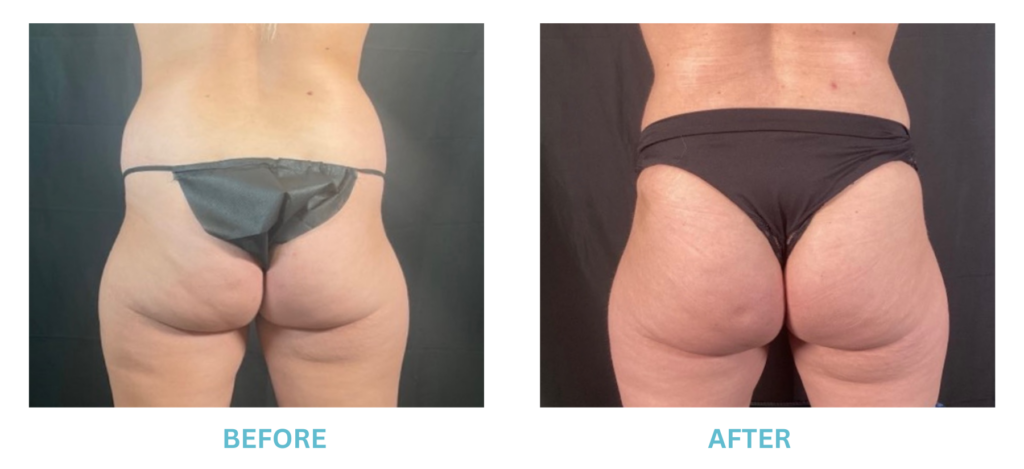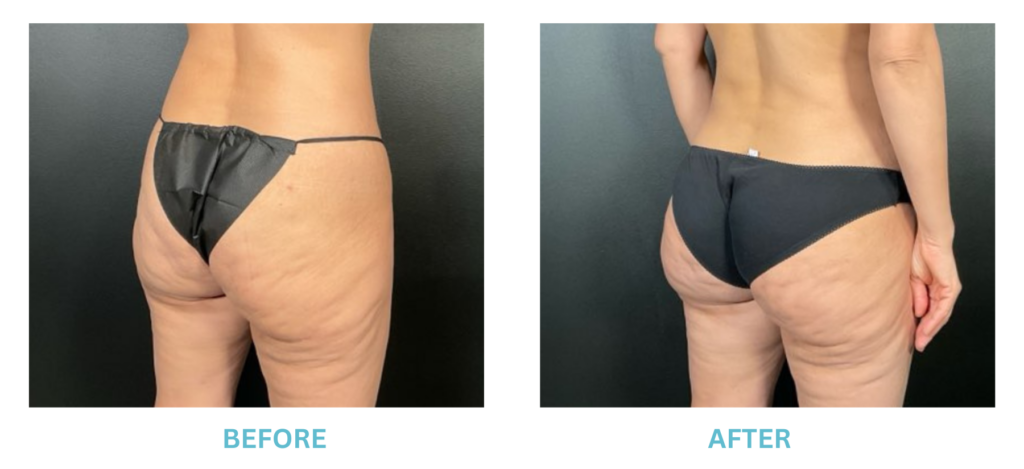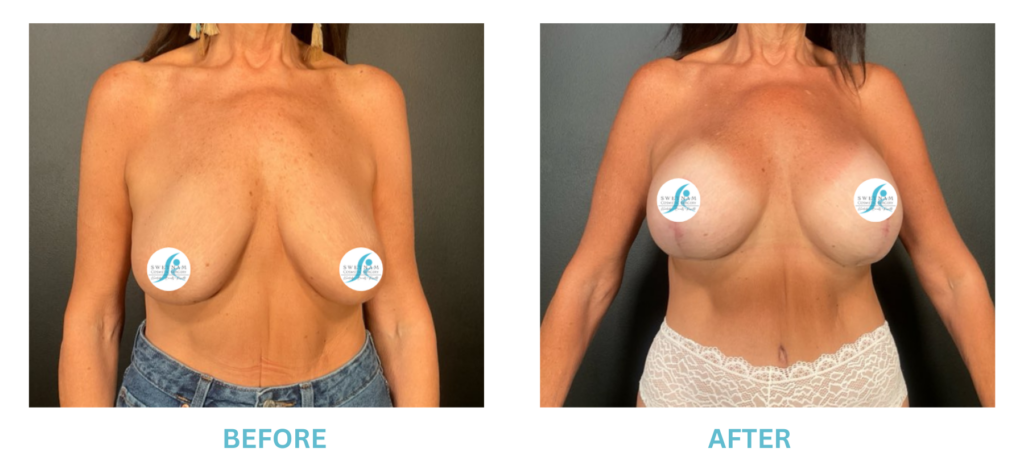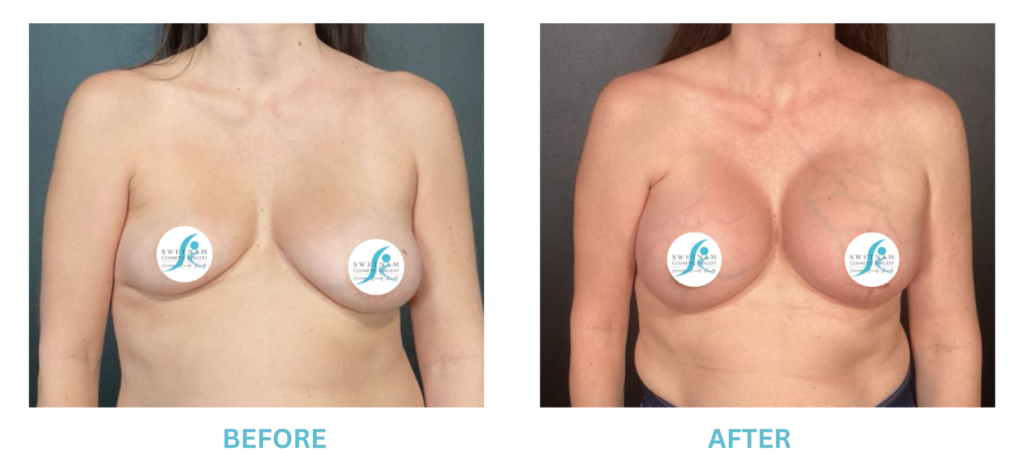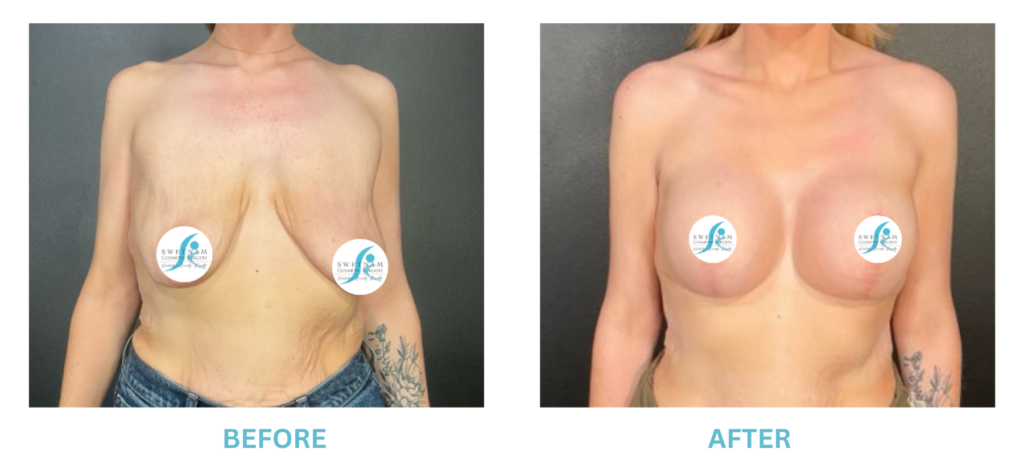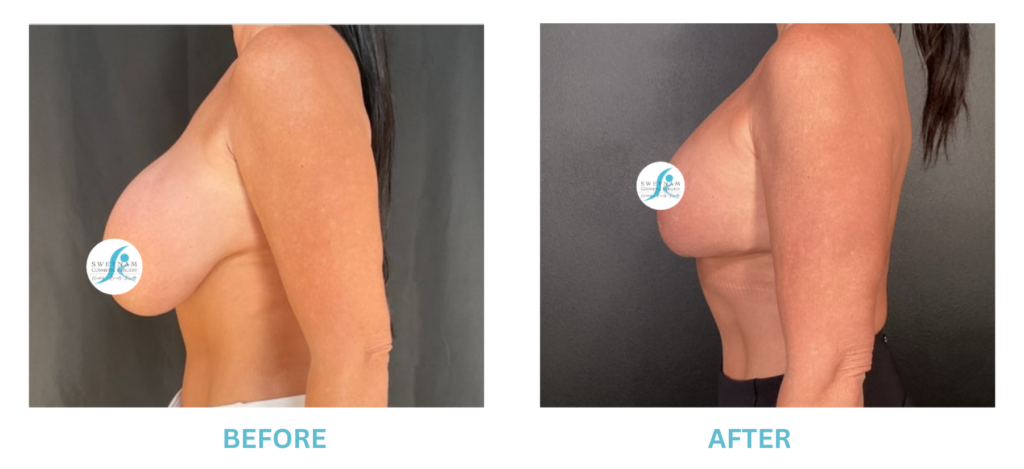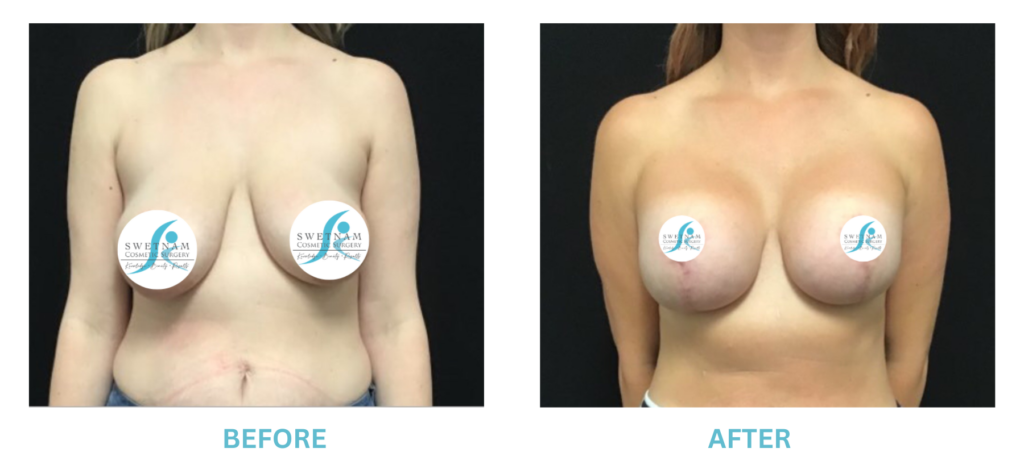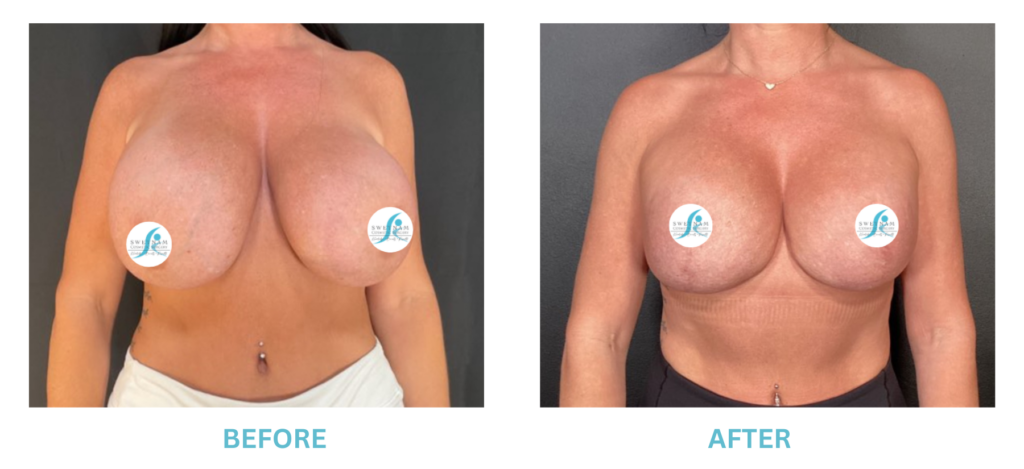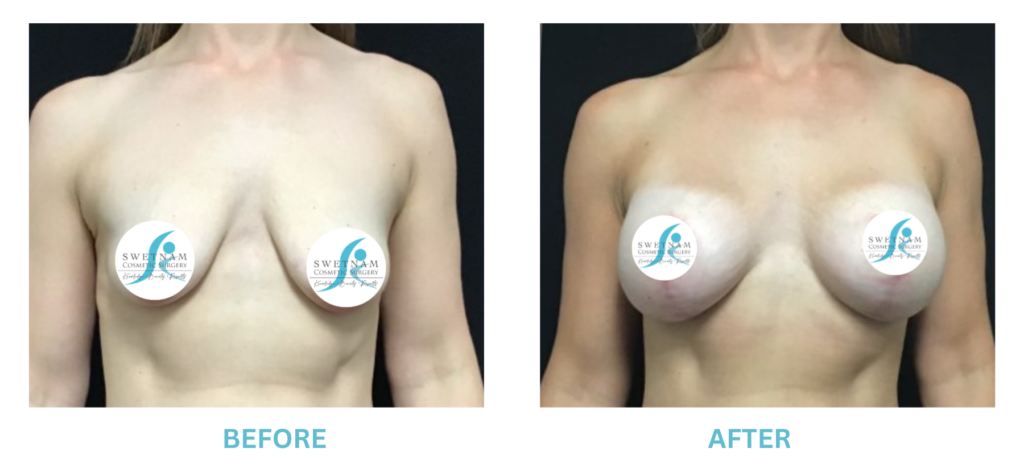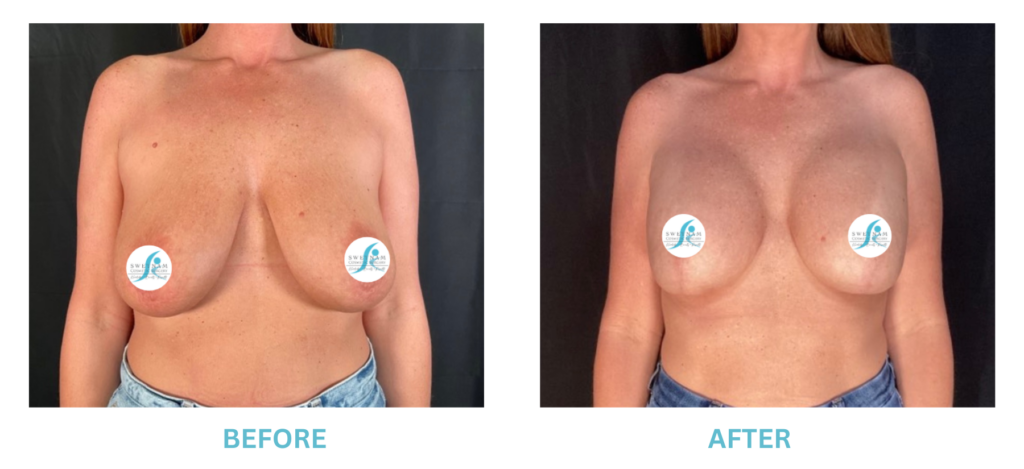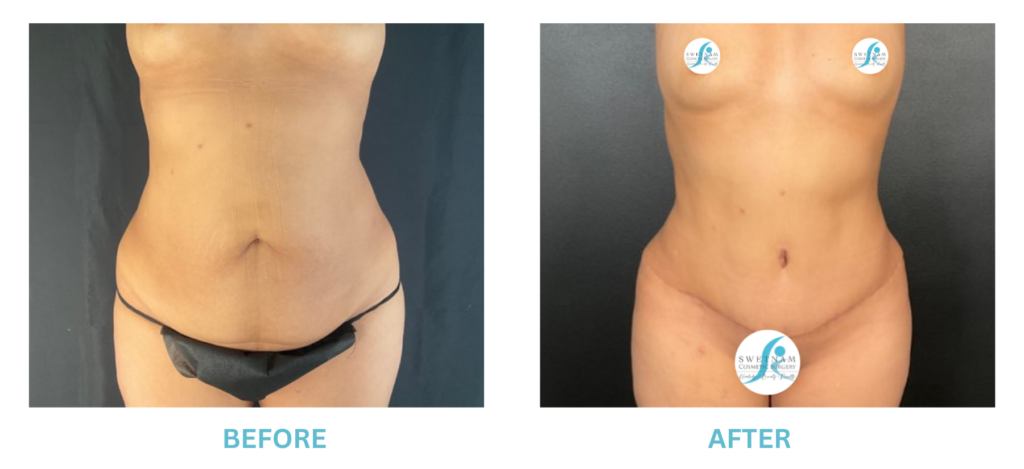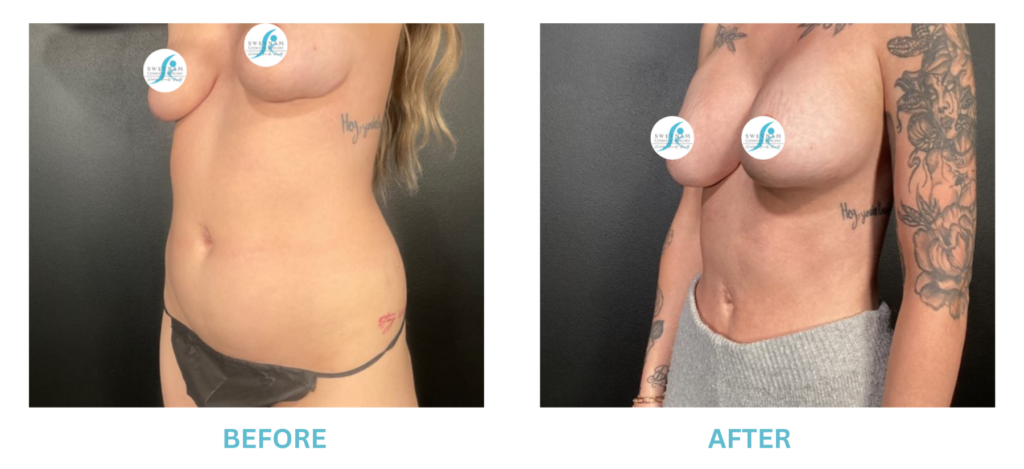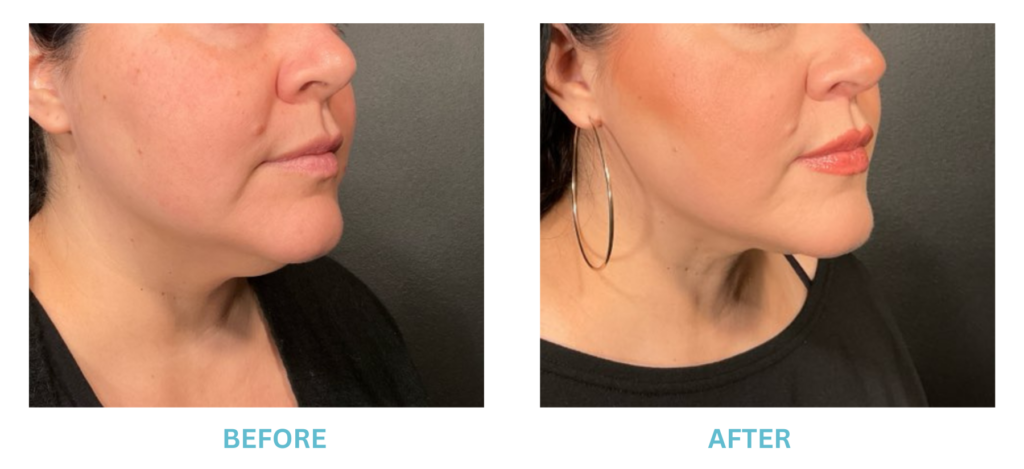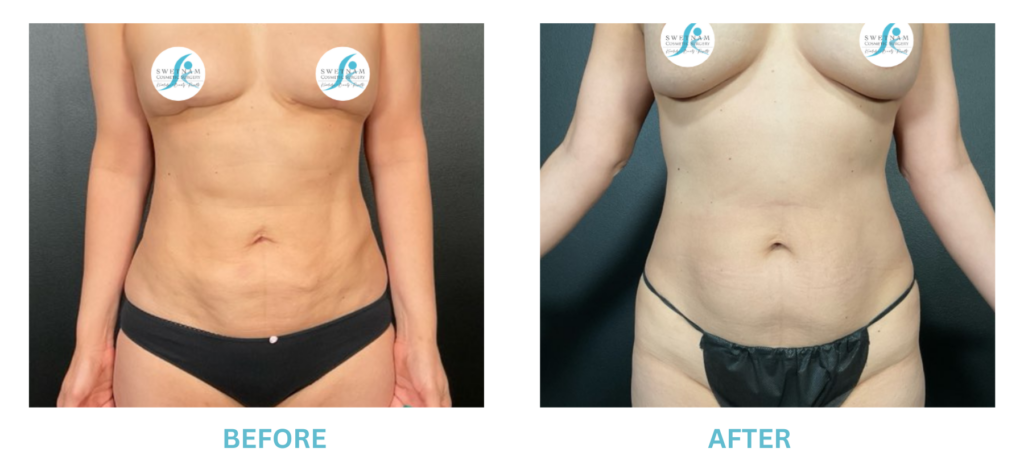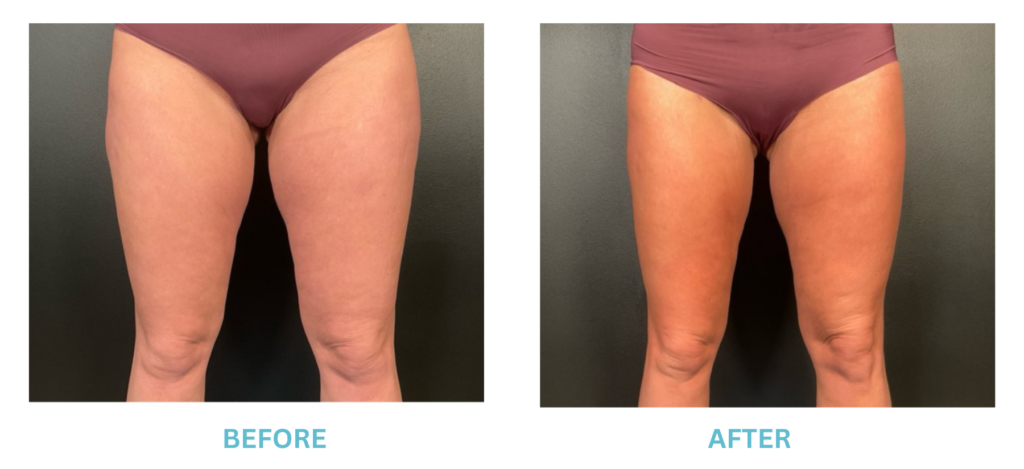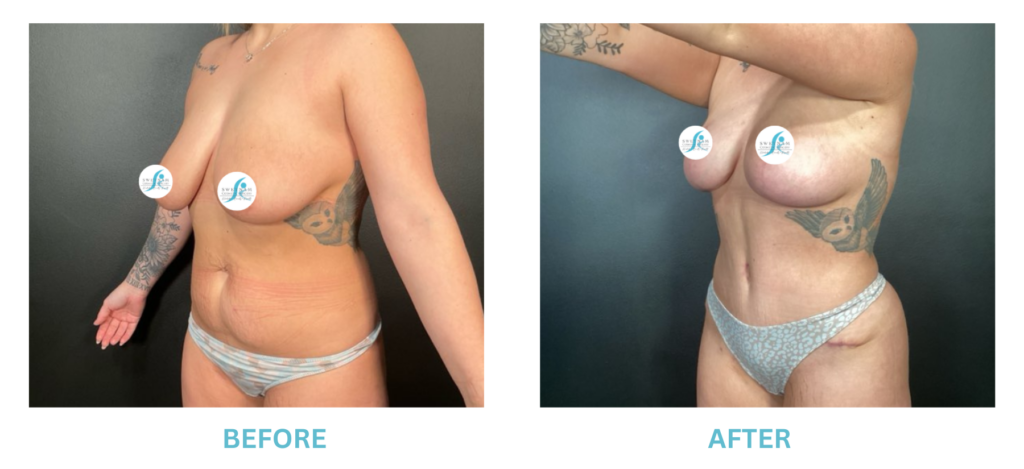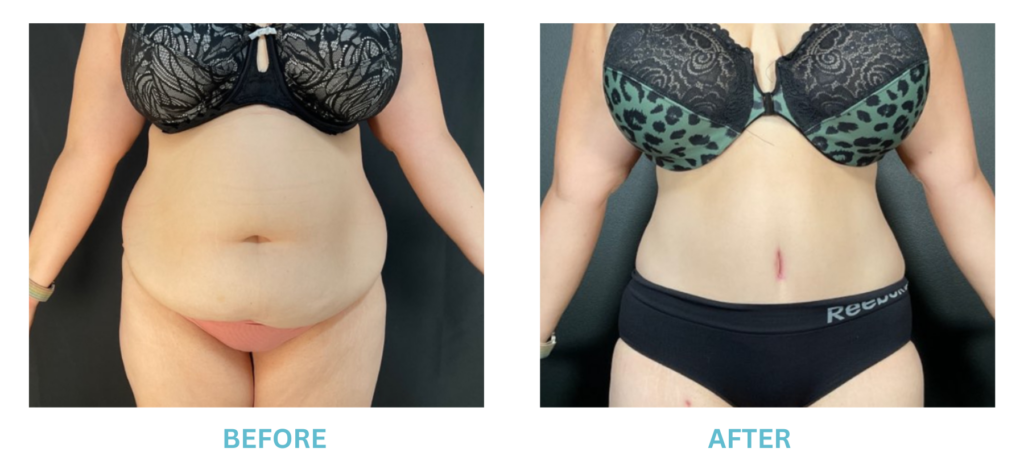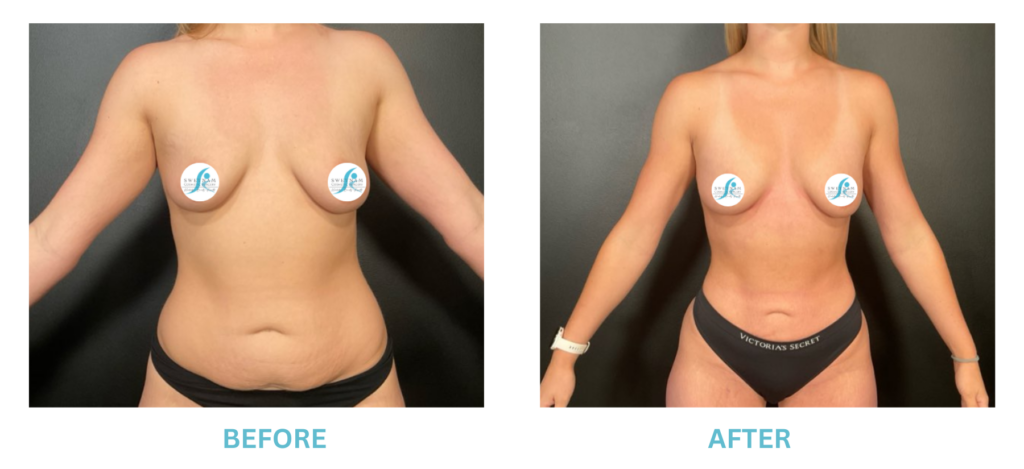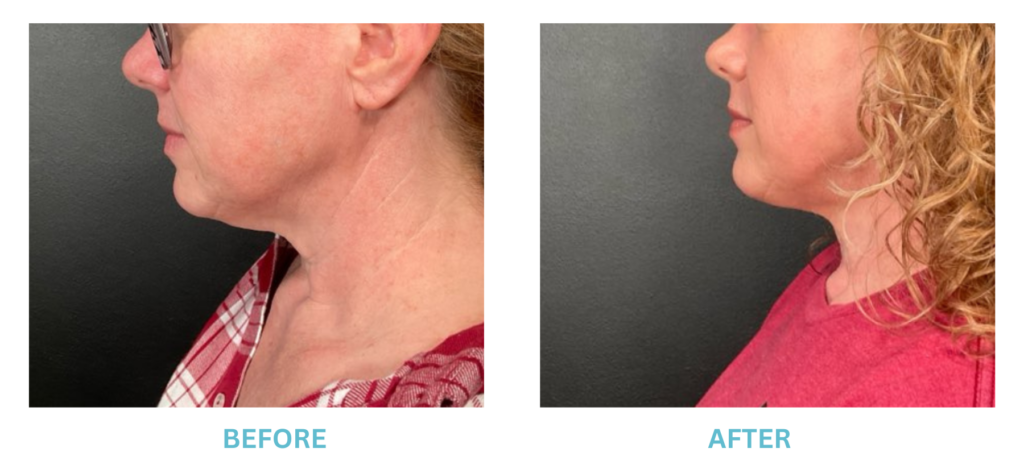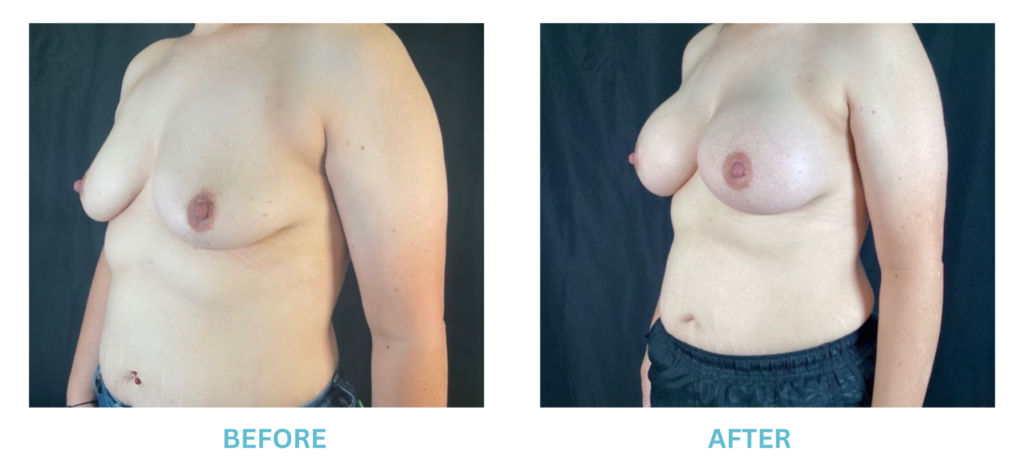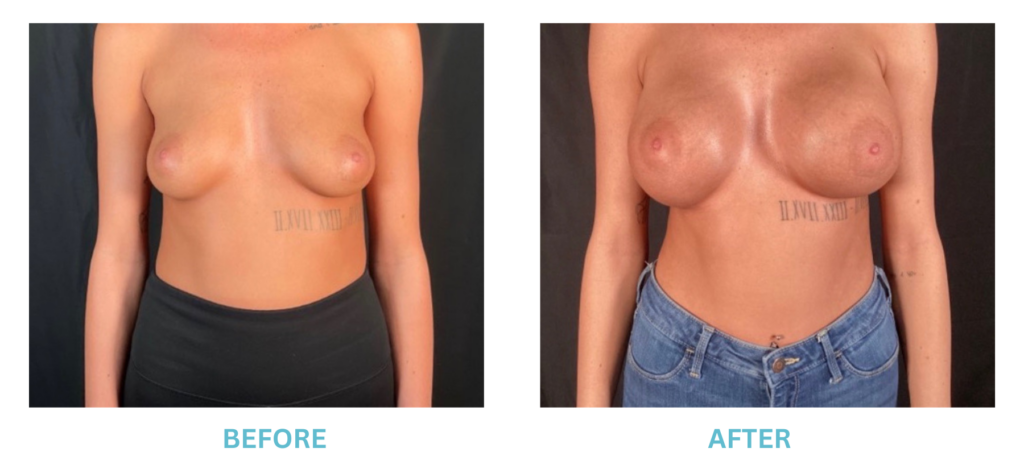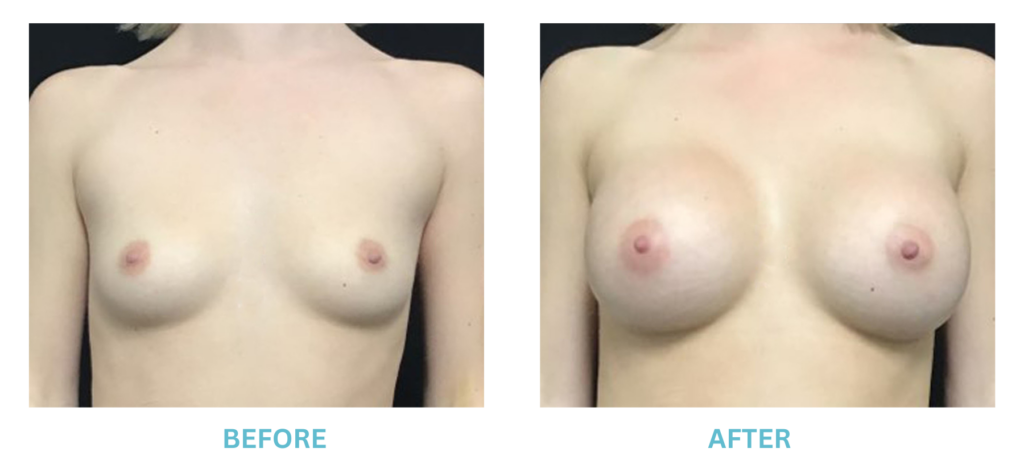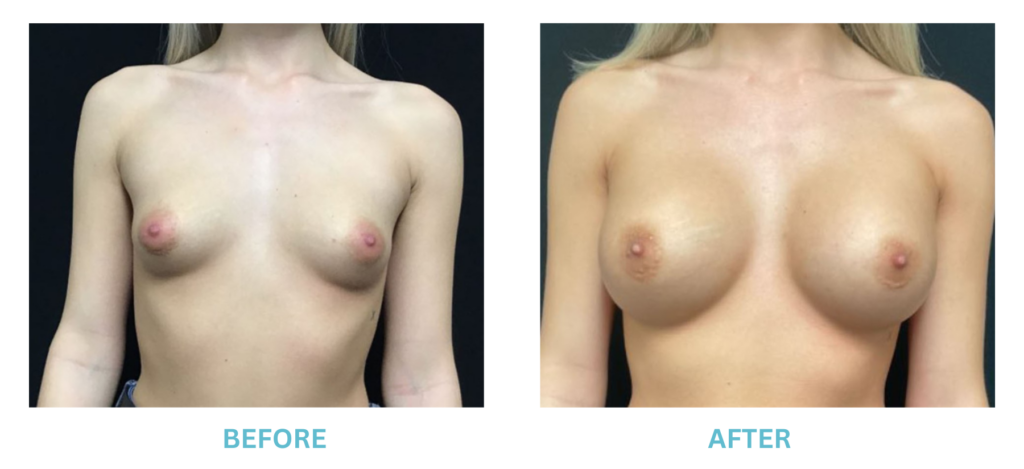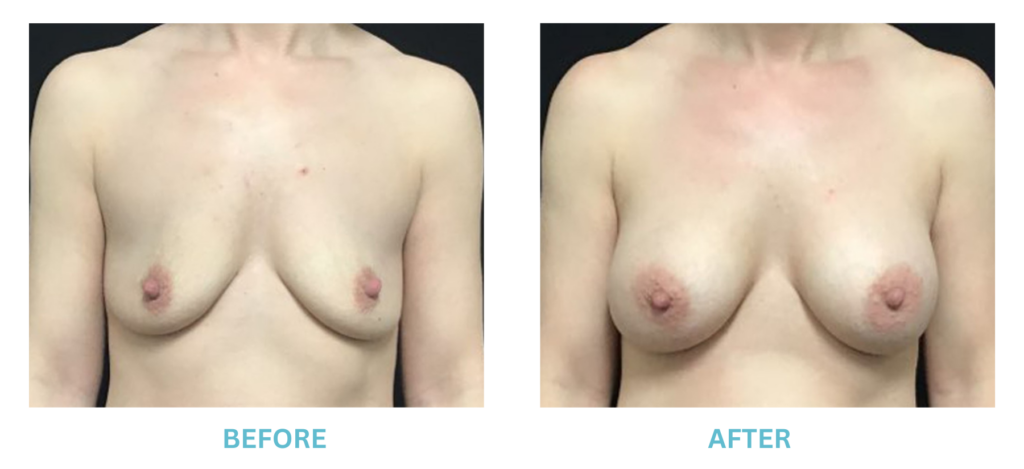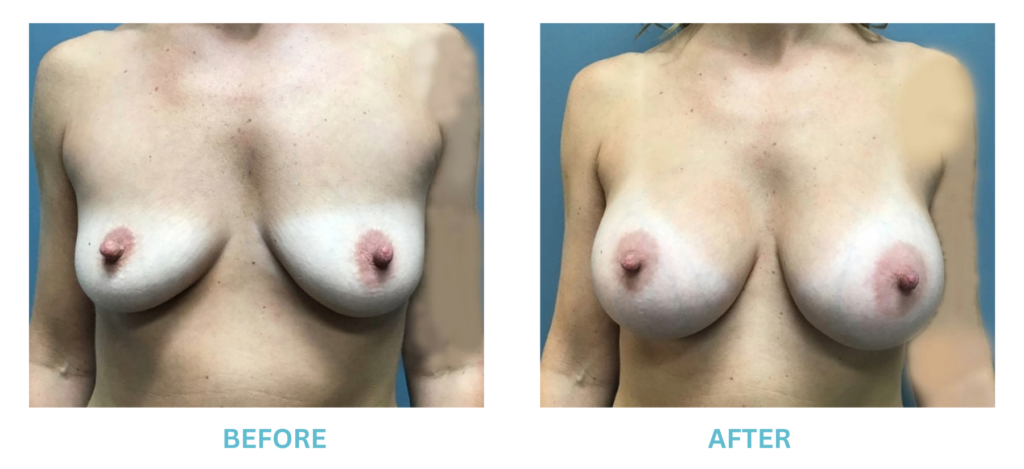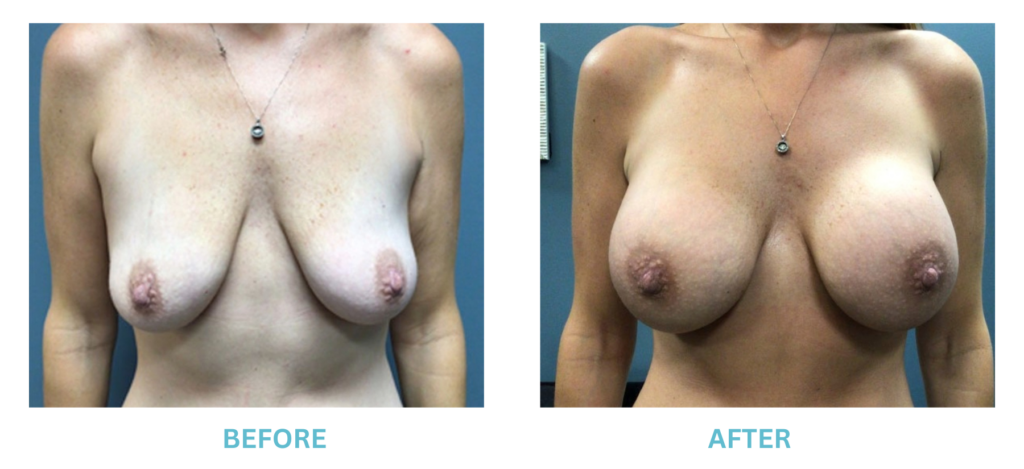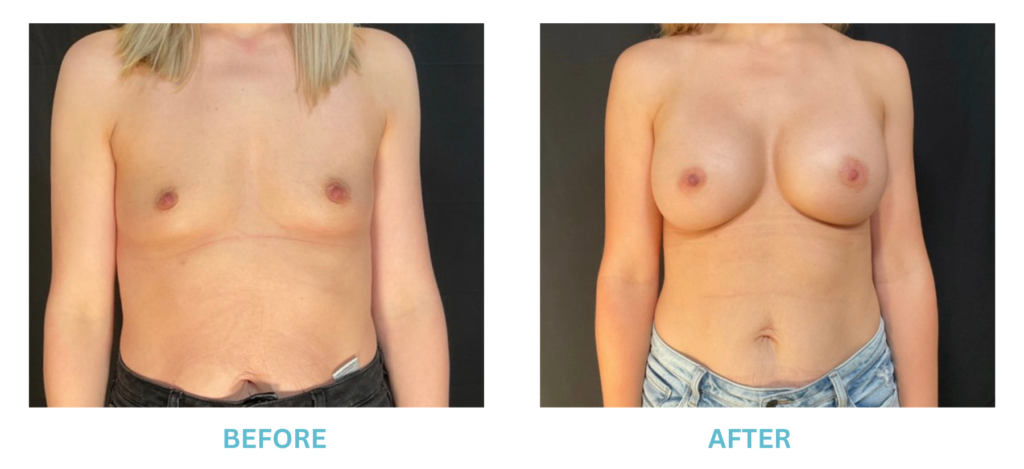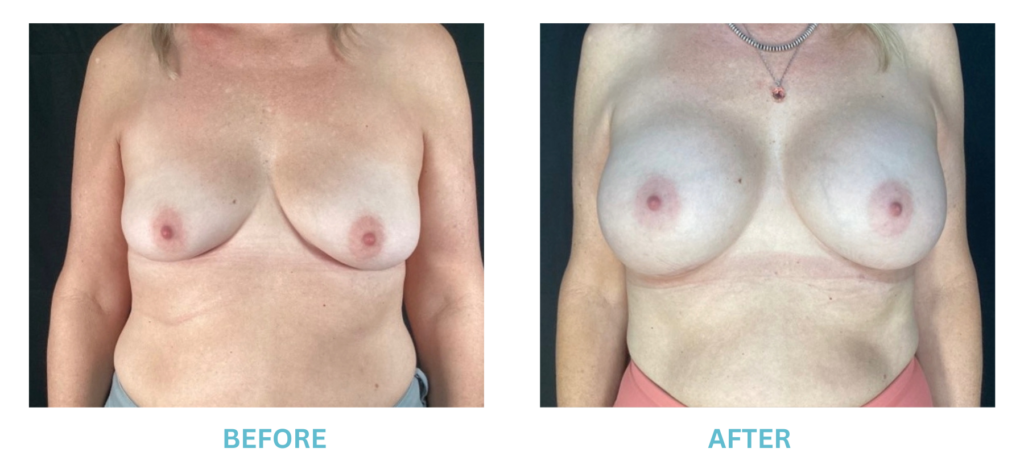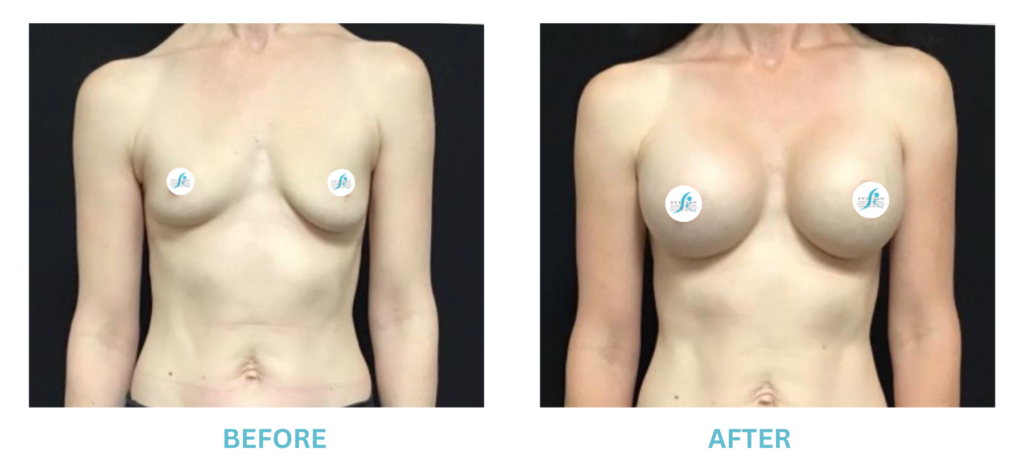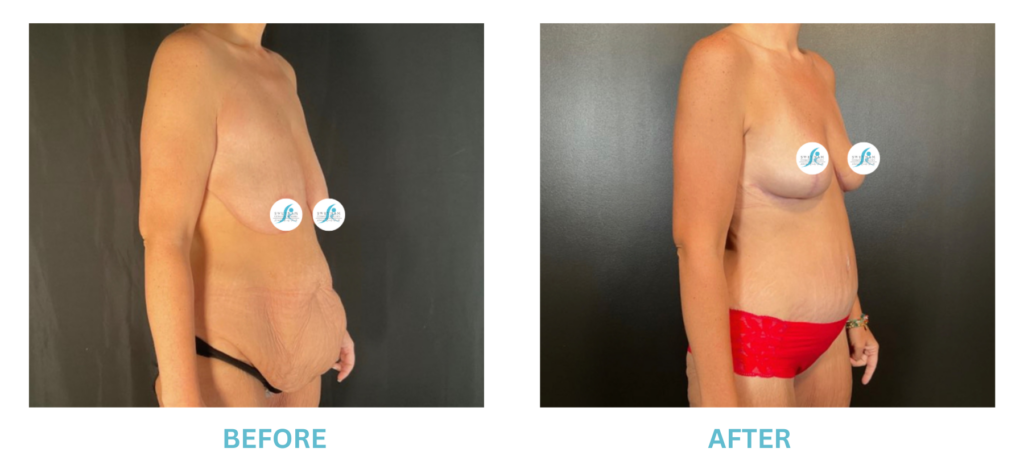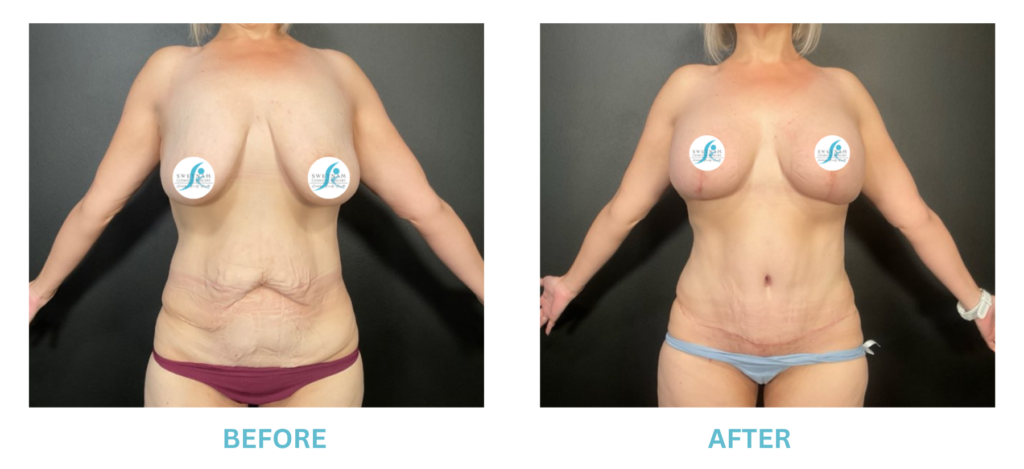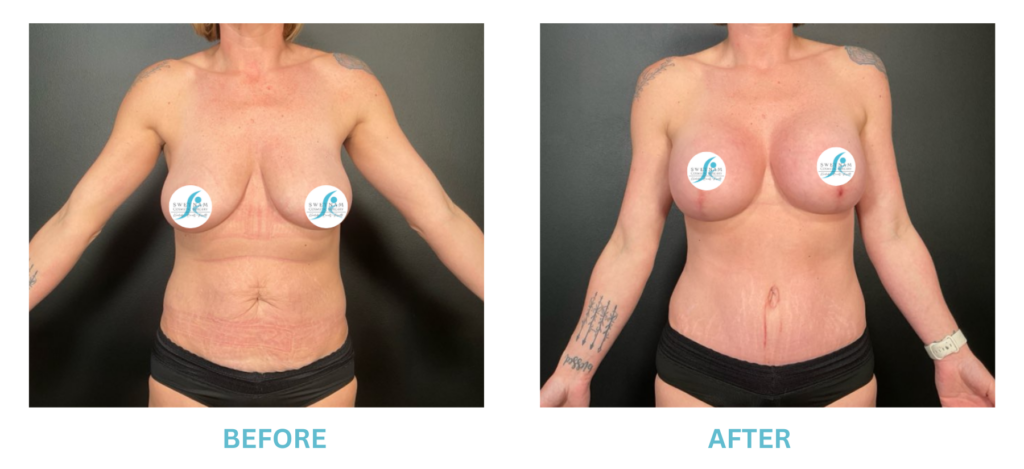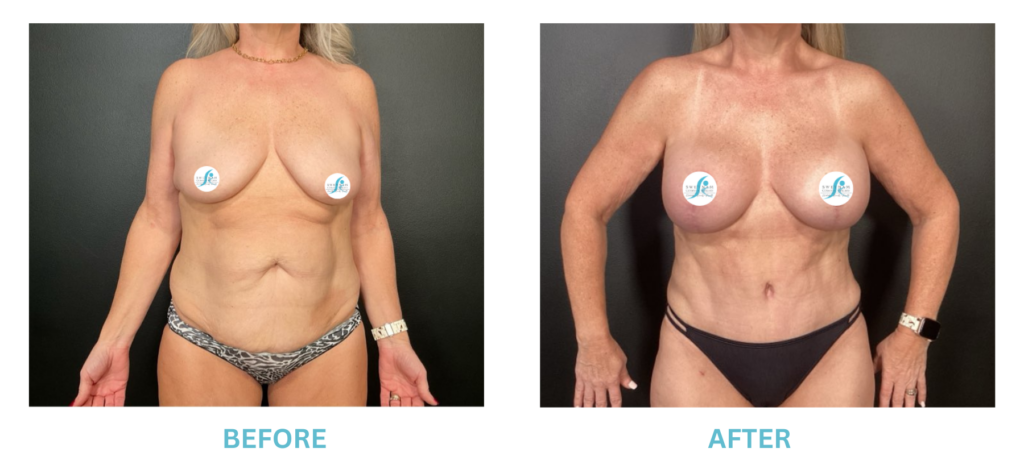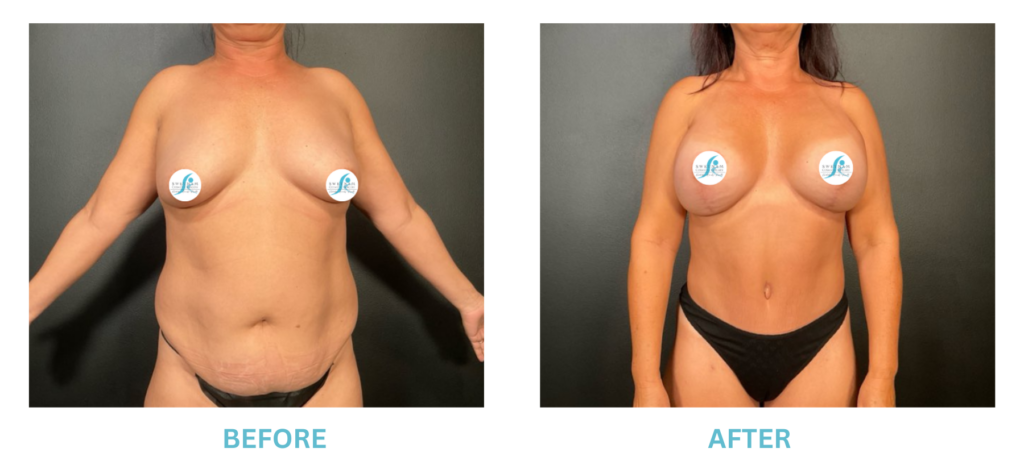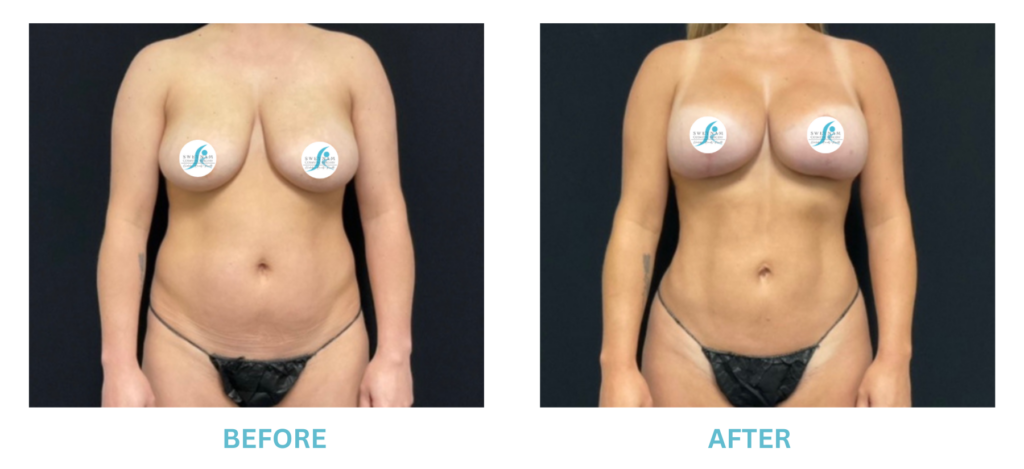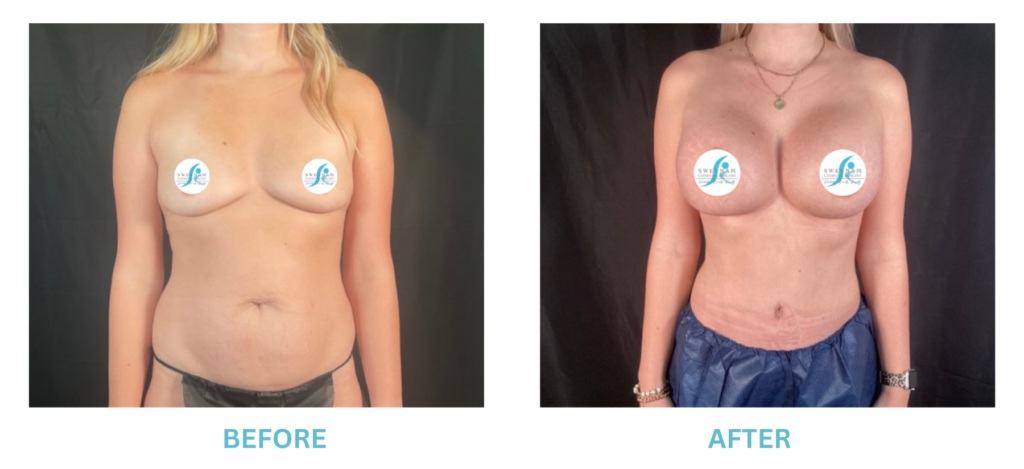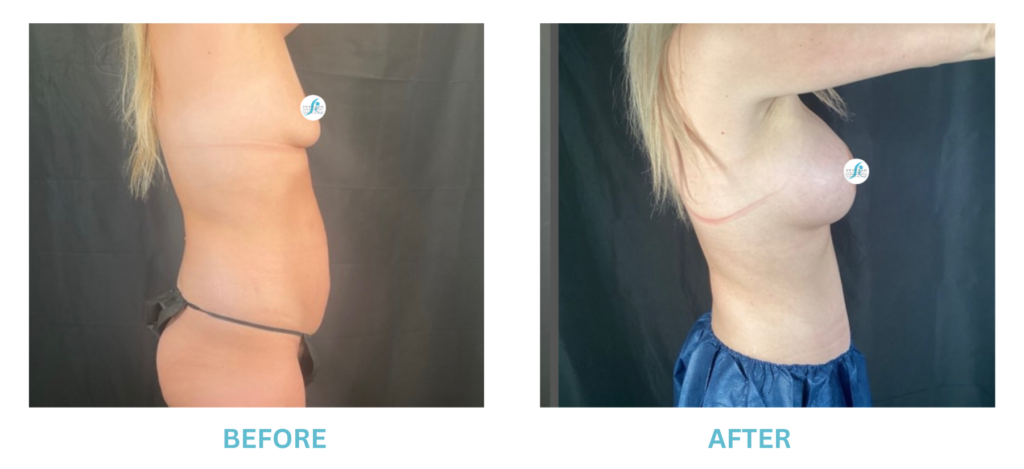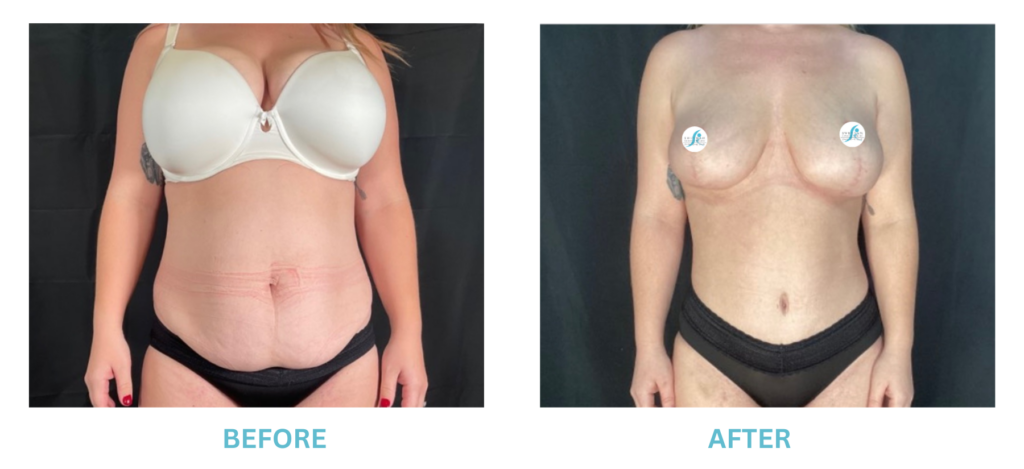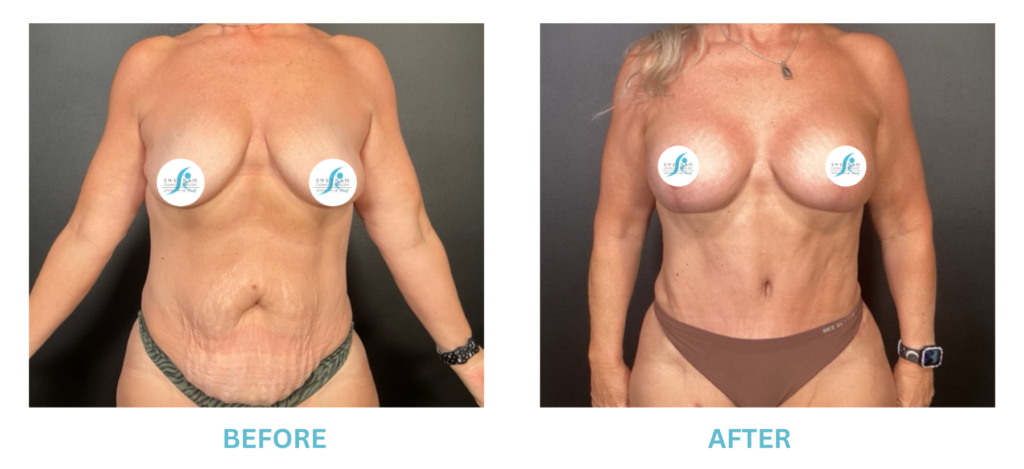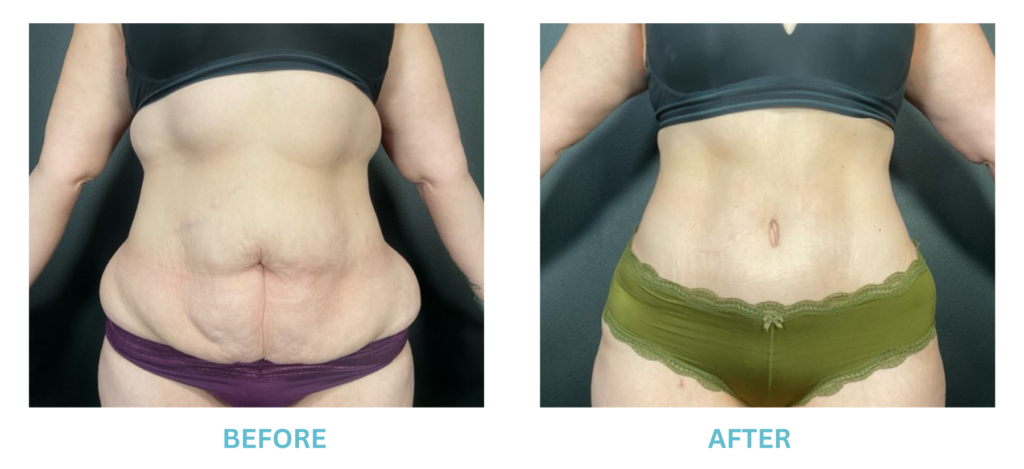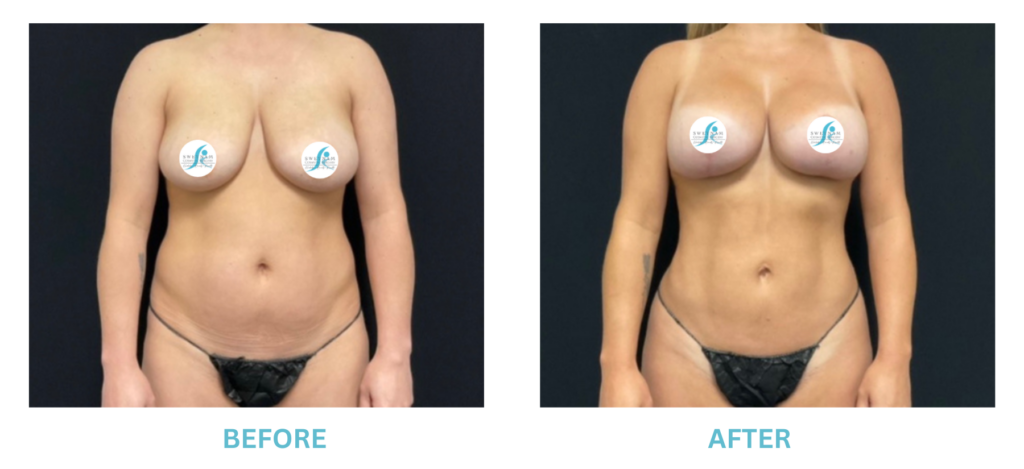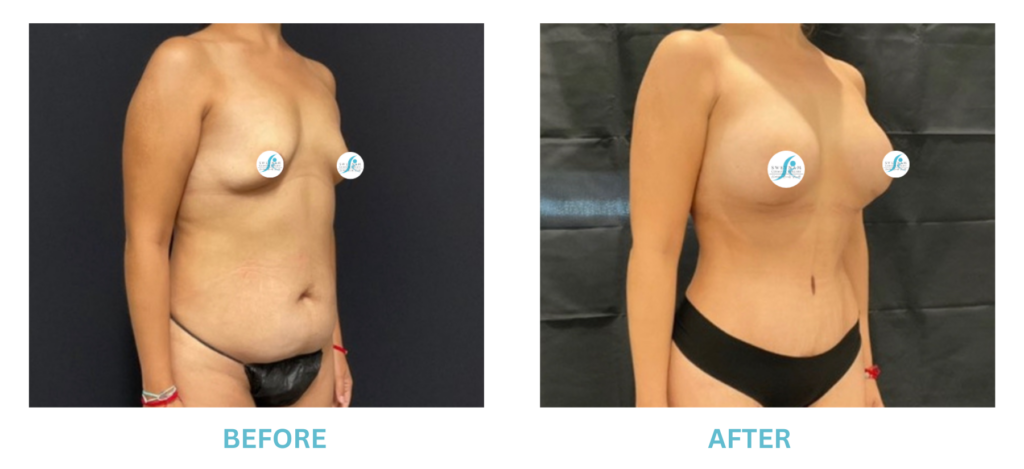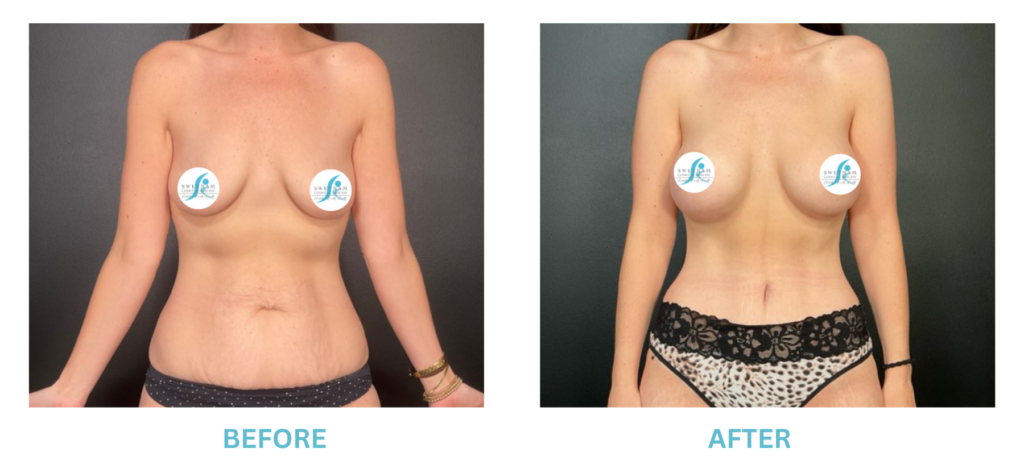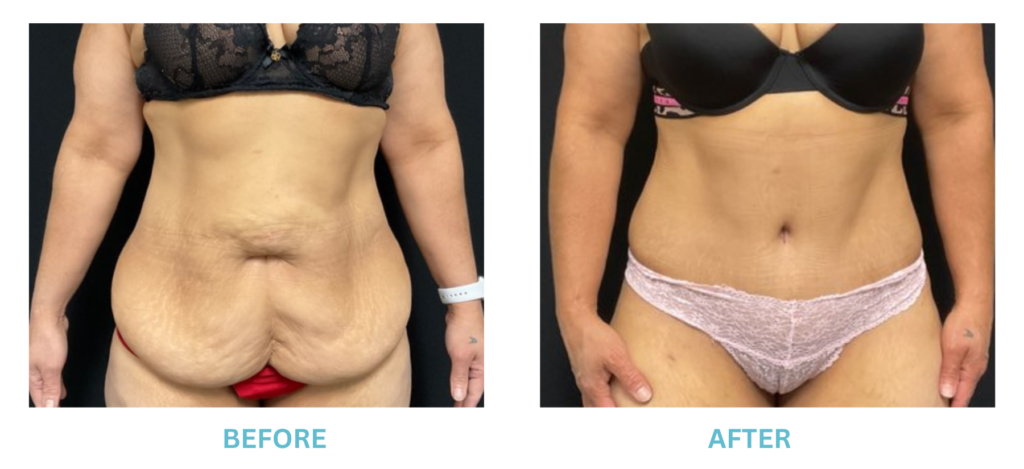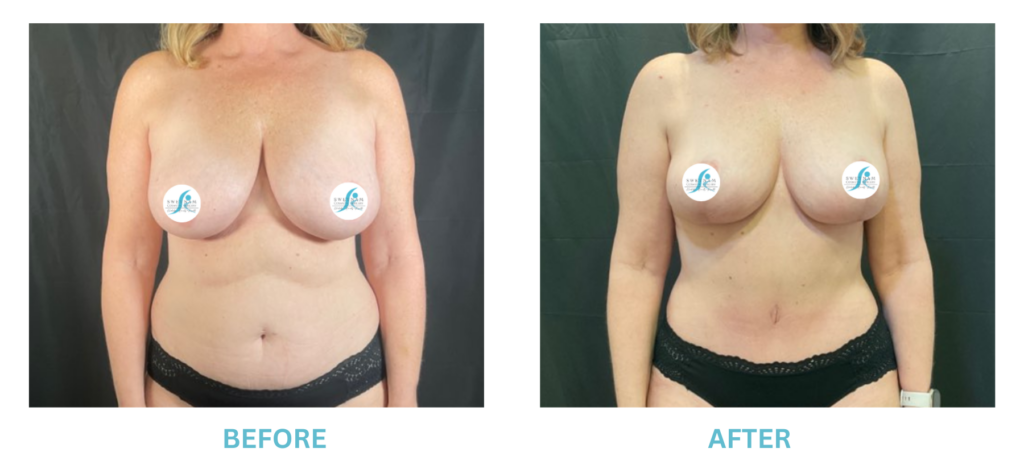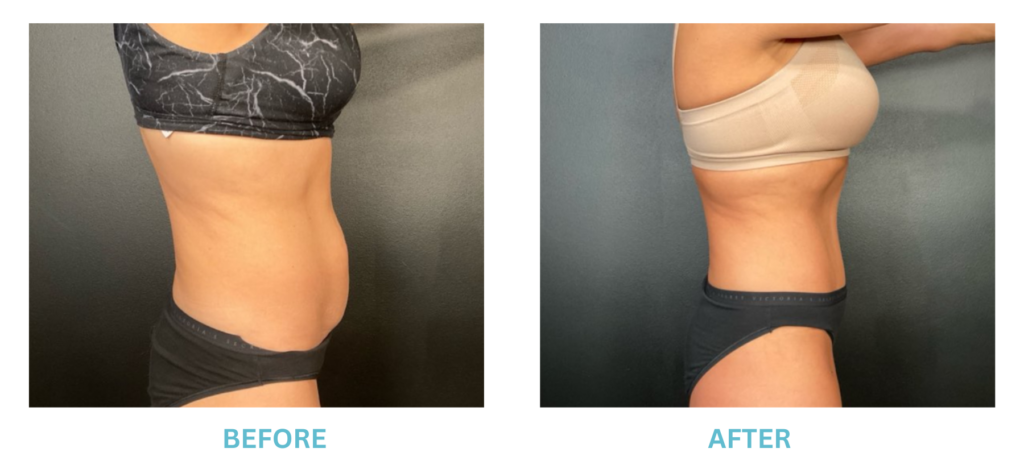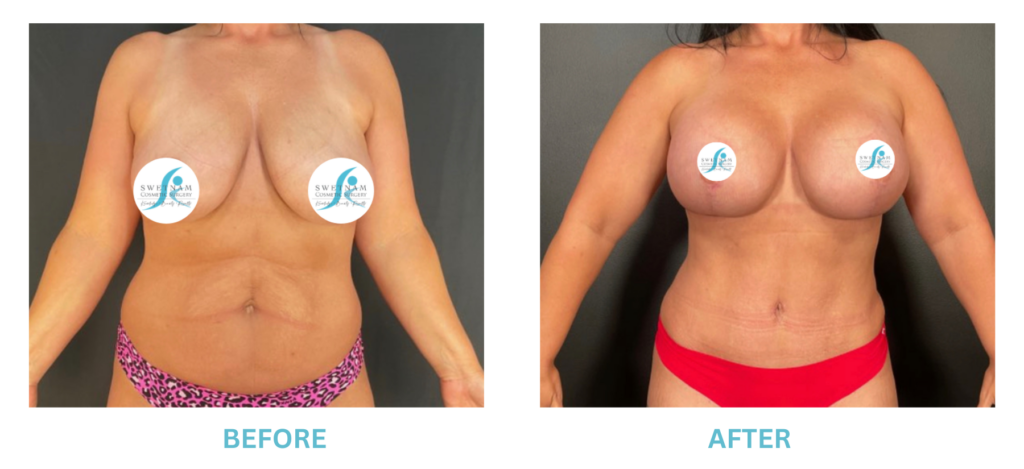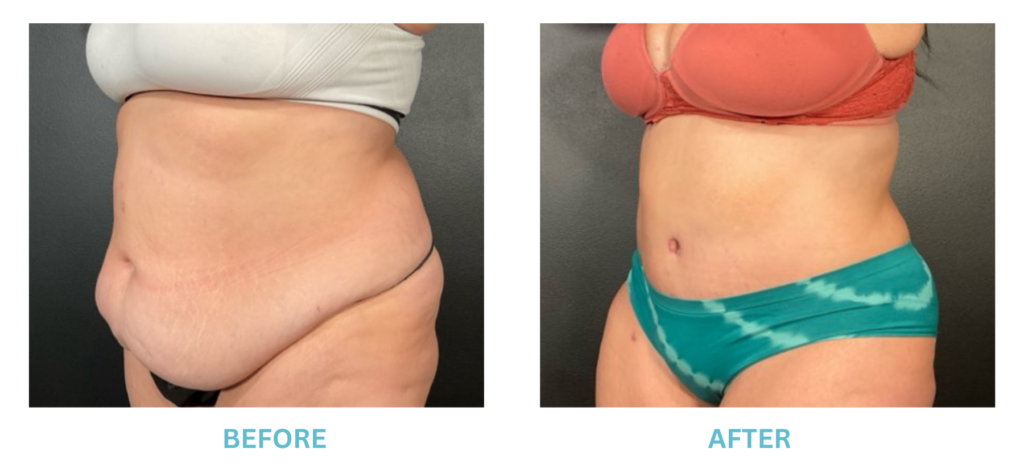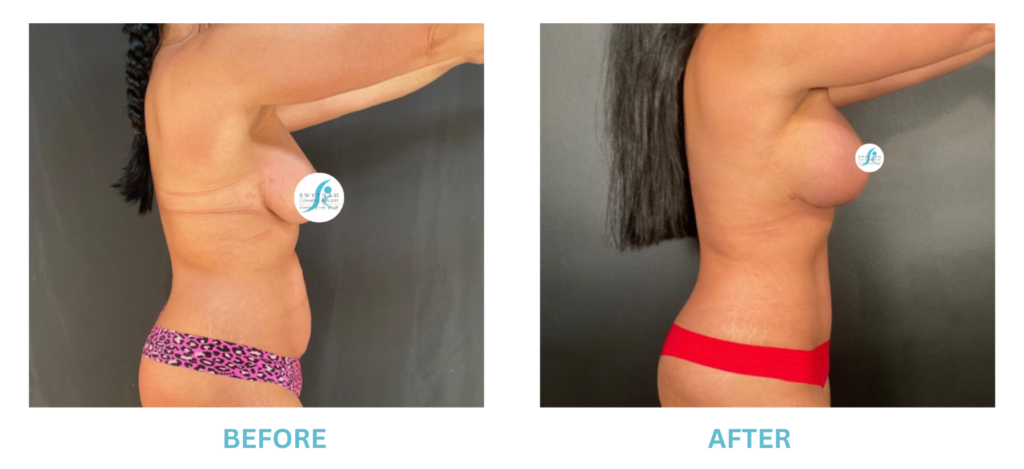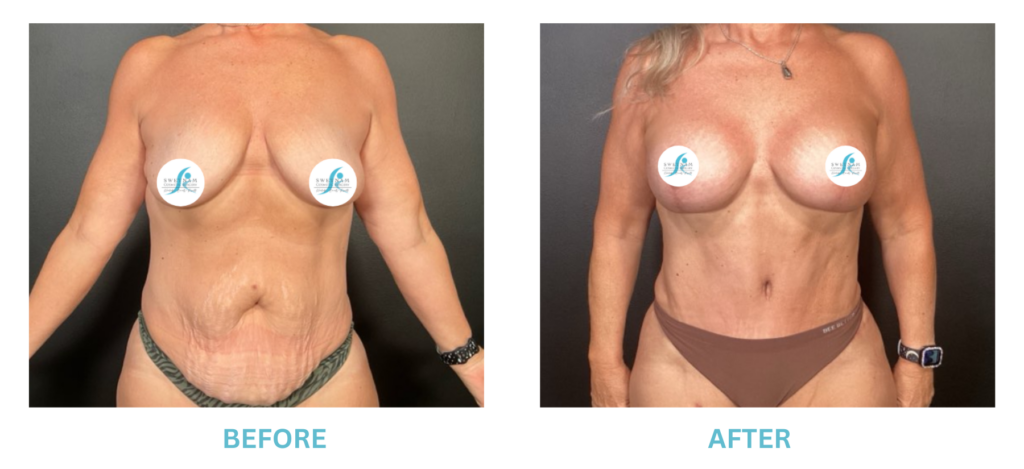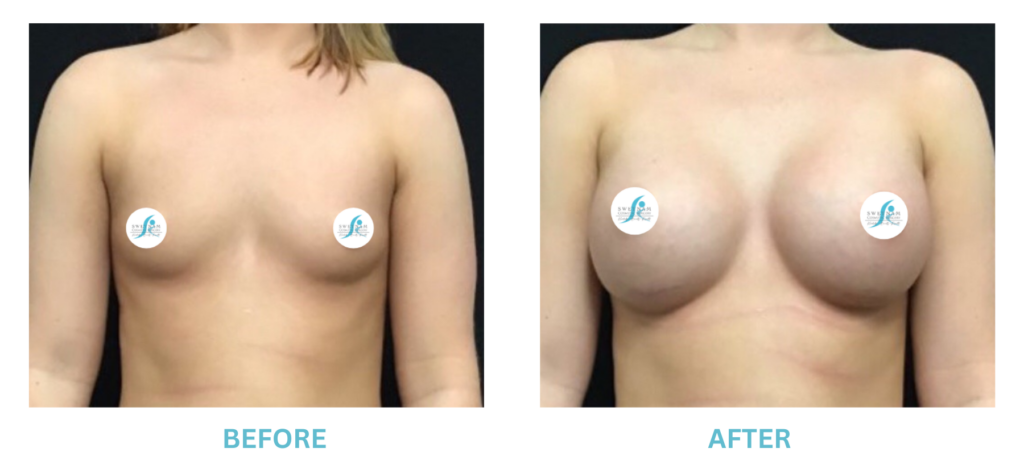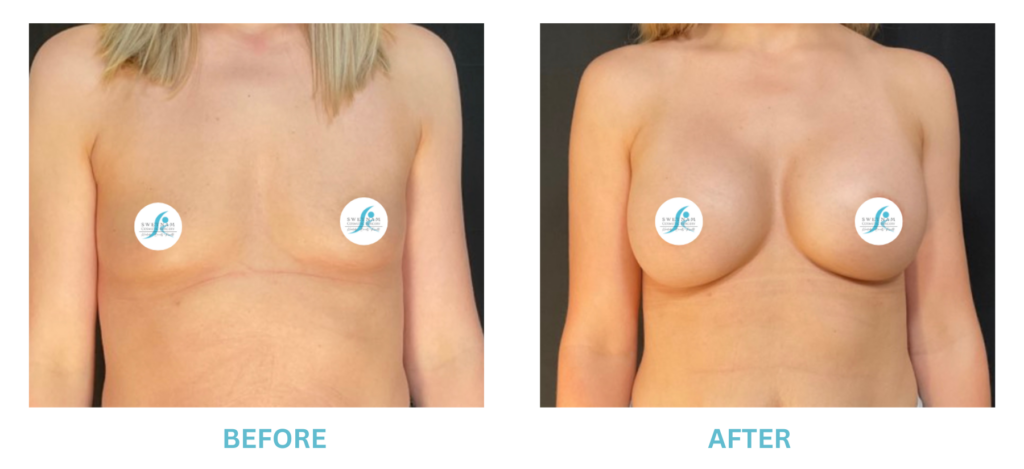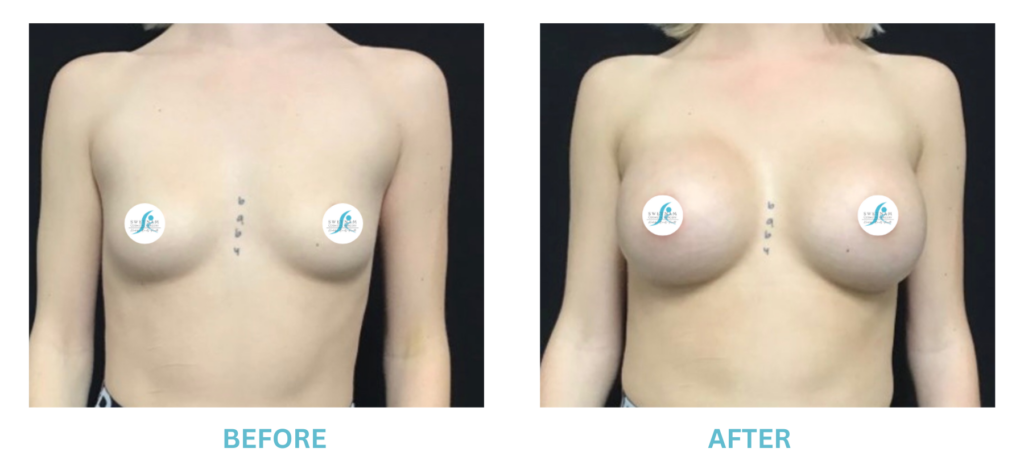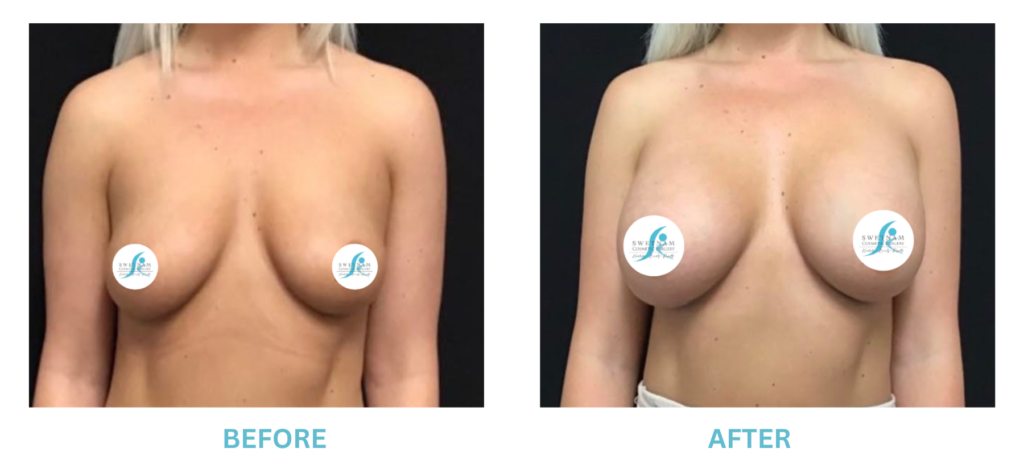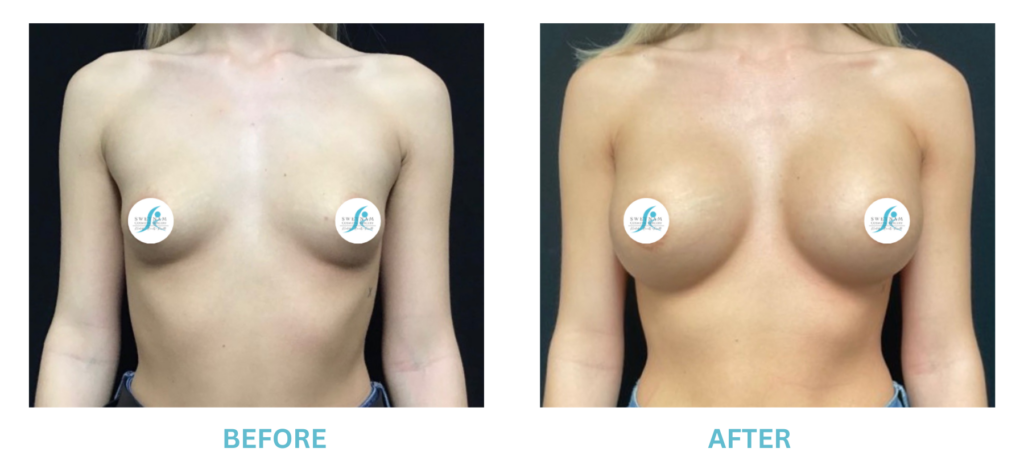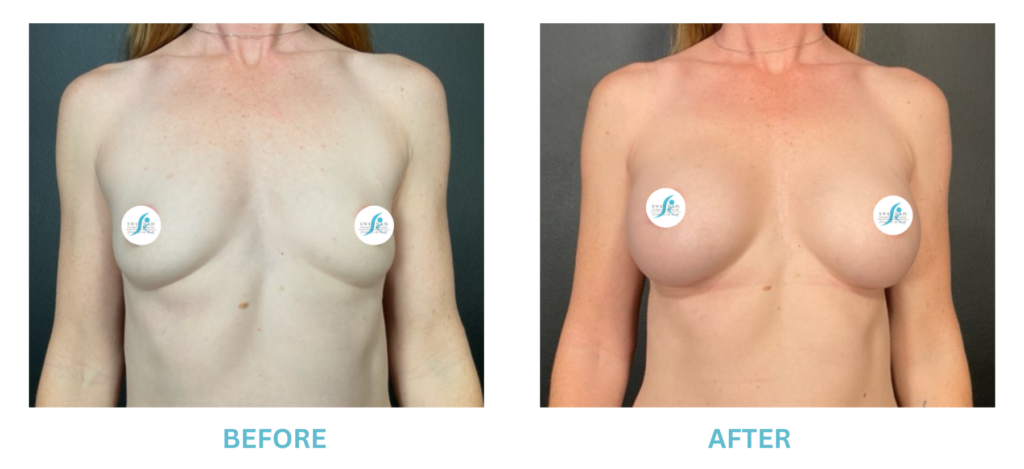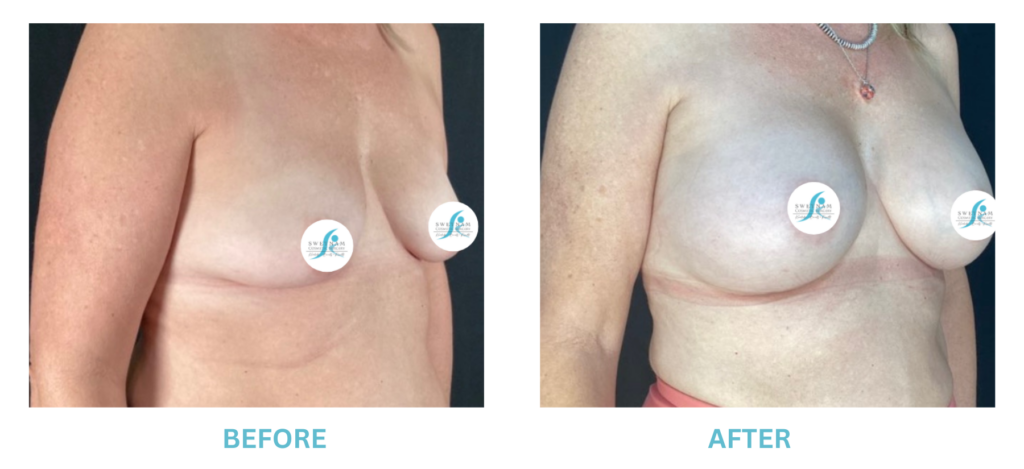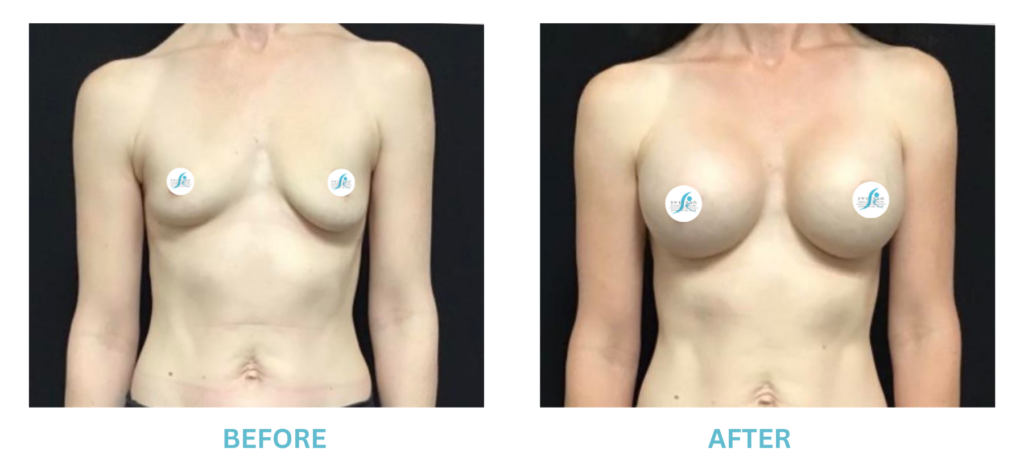Vaginal Rejuvenation
Vaginal Rejuvenation — This is a wastebasket term for correction of a number of problems or changes occurring to the female genitalia. It can be uncomfortable to talk about at times but the problems, and the discussion of them, are becoming more mainstream. At Swetnam Cosmetic Surgery, I have done vaginal rejuvenation for a number of years with great results.
What does vaginal rejuvenation address?
The most common complaints after childbirth are thinning of the labia majora as fat in the area can wither away when babies come, stretched and discolored labia minora that can sometimes turn dark and hang down looking unsightly in clothing, and loss of sensation due to stretching of the introitus or opening of the vagina after babies. With vaginal rejuvenation, I try to address one or all three of these problems, depending on your issues.
How is it done?
There are a considerable number of devices out there for “painless and minimal downtime” rejuvenation. They use either laser or RF technology and they make a number of claims such as making the vagina tighter and more lubricated, correcting urinary leakage, as well as making it look better. Here is what the FDA says about it in a recent warning:
“We are aware that certain device manufacturers may be marketing their energy-based medical device for vaginal “rejuvenation” and/or cosmetic vaginal procedures. The safety and effectiveness of energy-based medical devices to perform these procedures has not been established.
Vaginal “rejuvenation” is an ill-defined term; however, it is sometimes used to describe non-surgical procedures intended to treat vaginal symptoms and/or conditions including, but not limited to:
- Vaginal laxity
- Vaginal atrophy, dryness, or itching
- Pain during sexual intercourse
- Pain during urination
- Decreased sexual sensation
To date, we have not cleared or approved for marketing any energy-based devices to treat these symptoms or conditions, or any symptoms related to menopause, urinary incontinence, or sexual function. The treatment of these symptoms or conditions by applying energy-based therapies to the vagina may lead to serious adverse events, including vaginal burns, scarring, pain during sexual intercourse, and recurring/chronic pain.”
Warning letters were sent by the FDA to the makers of Votiva, Mona Lisa, Venus, and others about the claims they are making. If something sounds too good to be true…it usually is.
Of course, lack of FDA approval does not mean that it can’t be done. What it does mean is, evidence is lacking efficacy and the claims the providers using the technology are making have not been justified by the Food and Drug Administration. The FDA felt compelled to clarify the situation as the claims are all over the place, even here in middle America.
What I do at Swetnam Cosmetic Surgery is different. We get results that are amazing and can prove it. Our usual case is performed in the office with oral sedation or anesthesia, whichever you desire. I do a labiaplasty to remove the excess labia majora (the part that hangs down and turns color after pregnancy). Added to that, if needed, the outer labia majora is plumped with some fat grafting and, if needed, the introitus can be tightened. The result is a return to the pre-baby appearance, confidence in swimwear and clothing, and a return to the normal youthful appearance with improved function. We get rave reviews from our patients after these procedures.
Don’t be fooled by the technology that is in question. In the cosmetic world, there are snake oil salesmen everywhere. New technology pops up all the time. The reason I don’t have it all is simple: I don’t recommend things I wouldn’t use on myself or family. Not only that, but my practice is results driven. I use things that are documented to work consistently and recommended by my colleagues in the AACS and other organizations who study most of these services before they come to market.
Call Swetnam Cosmetic Surgery to schedule a complimentary consultation at 479-966-4174 or visit www.swetnamcosmetic.com.




